|
The late New York Times journalist David Carr used the term Present Future to describe the state of journalism in the 21st century, where the present proliferation of news feeds that cater to a multitude of readers do not necessarily lead to a definitive, clear idea of what journalism will become in the future. Nonetheless, the future is slowly being shaped by these current developments and one should not shy away from them or be overly nostalgic with the past. Perhaps one can say the same for the future of design education and the practice of design? It is often convenient and easy to project a future scenario that celebrates technology (usually) and how it will herald a radical shift in the conceptualization, design, making and habitation of architectural spaces. However, we are also living in the present while making these projections; going through the daily, mundane but necessary rituals that sustain our everyday life. The body we carry with us still retains the memories of thousands of years of evolution despite continuing tempering by new technologies. Cultural background too, influences one's disposition towards new ideas and discoveries, which affect how fast the future becomes the present. Retaining the present with the future is therefore a wise and prudent step in our curiosity to uncover what lies beyond the horizon.
Urban Vessel: The New Maple Leafs Garden is a proposal that offers a new housing prototype for a congested metropolis. The vacant stadium was the home of the Toronto Maple Leafs hockey team for many years. The building has been left vacant ever since the team moved to the bigger and more modern Air Canada Center. The site is bounded on three sides by high-rise apartments, a condominium and hotels. The heights of the buildings and their proximity's to the Maple Leafs Garden created a canyon like experience along Carlton Street. In the proposal, the street-level walls of the existing stadium are removed to allow the continuation of the streets into the building, and the creation of an urban foyer. Retail and commercial spaces line the four sides of the foyer. Within the original stepped profile of the stadium. dwellings are terraced towards the pool, with the roofs serving outdoor decks and private vegetable gardens. On one side of the stadium, a public urban garden is designed for both residents and public uses. The new housing typology adapted the original form of the stadium and transformed the space into a desired living environment that provides the much needed green space for residents while preserving a sense of openness in the city.
The project seized the opportunity to provide the public a chance to be involved in the active remembrance of this much loved building through a process of dynamic re-programming and unbuilding over a period of two years. The library was a long established institution in the country and slated for demolition in order to make way for an underground expressway despite several public pleas for its preservation. Instead of closing the library and leaving it vacant till the demolition date, a series of events and uses of this building were proposed, according to their scales and temporal natures within the 2-year period. The notion of preservation and collective memory in the city took on a different meaning, while the idea of providing a slow passing of this building was akin to how we hold a period of remembrance when a loved one or friend passed away.
Interior Urbanism consists of a series of speculative projects that explore the intriguing world of vast, continuous and interconnected interior spaces in contemporary cities that include mega structures, arcades, underground pedestrian walkways, above ground link bridges and infrastructural spaces. A hypothetical situation of traveling from Singapore to Toronto by remaining primarily within an interior or semi interior space. Starting from where I live, I can walk to the bus-stop using one of the many covered walkways connecting my apartment to the bus-stop. From there, the bus will take me to a multi-modal transportation hub that connects to the subway, which will in turn brings me to the airport. Traveling across national boundaries within the interior of a plane, and stopping over in Hong Kong, and arriving finally in Toronto, I can take the airport shuttle bus from the covered shuttle station at the Lester B. Pearson International Airport, and arrive at the Sheraton hotel. If I need to do business or visit some of the tourist sites in downtown Toronto, I can take the PATH, which is an underground network of passages that is linked to the Sheraton. Although I have taken an extreme position here, it is not an entirely implausible scenario. A particular feature of Singapore’s urban landscape is the amalgamation of public transportation, commercial, retail, residential and recreational facilities into a synergistic urban assemblage connected by covered link-ways. Contrary to the term infra as underneath or hidden, public infrastructures such as the subway stations, and intermodal transportation hubs are architectural statements in city-state. A significant amount of resources, and time are invested in the conceptualization, planning and integration of these infrastructures into the urban fabric. They are spatially and programmatically connected to a network of buildings and open spaces; forming hubs of intensity and social interaction for urban dwellers. The Changi Airport in Singapore has been consistently ranked among the best in the world by travelers. In 2010, it won the prestigious Skytrax World’s Best Airport Award, including the Best Airport Leisure Amenities and Best Airport Asia. However, unknown to most foreign visitors, the airport is also a highly popular destination for students. It is not unusual to find large groups of students in Singapore occupying the coffee shops, fast-food chains, and secluded, empty spaces in the city-state’s airport to study. For anyone unaccustomed to this ritual, it seems a rather strange habit on the part of the students to choose the airport as a place to study. Given the airport’s proximity to the city, and connected by a safe, efficient public transport systems, coupled by the availability of 24 hr food outlets, it is an obvious choice for the students. Besides converting the airport into study spaces, teenagers and residents also use the huge expanse of empty spaces to socialize. On weekends, one finds families at the viewing deck of the airport or patronizing the wide array of restaurants. Groups of teenagers congregate in quiet corners to talk, while retirees find the quiet viewing decks an ideal place to spend the weekday afternoon. Couples have also used the airport as a backdrop for their all important marriage day photography session. The PATH serves as surrogate public gathering space especially during winter, since it is more desirous to meet and conduct one’s daily affairs in a warm and comfortable environment during this time of the year. Besides these organised events, the PATH also sustains a plethora of other spontaneous and informal uses and activities. In the foodcourt beneath one of the office building, senior citizens gather daily to meet their friends, while retirees have their morning coffees and work on their crossword puzzles. The fountain in the Eaton centre, one of the major shopping complexes in the PATH network of spaces, is a favorite gathering place for mothers and their babies in strollers during late mornings. Several spaces, especially the empty foodcourts on weekends are used as study corners, while connecting passages become temporary skateboarding venues for teenagers. A lot has been published and spoken about creativity and innovation, with business schools jumping onto the bandwagon proclaiming design thinking as the big savior that will bring about innovation in the business world. Some even claim they teach design, and travel the world peddling their one-liners and design workshops. It is good, on the one hand, that the popularization of design has given the field a wider audience and expanded the scope of design services. However, it has also greatly undermined the deeper value of a good design education. Therefore, Robert Grudin’s book, The Grace of Great Things is a breath of fresh air for me as an educator and a lifelong student of architecture and design. Grudin situates creativity and innovation within a larger social context that demands the persistent renewal and questioning of self and the world. To be creative requires the development of character, and enduring human values of imagination, integrity, courage and surprisingly, the value of pain as well. Pain in the creative process, which he identified four types; perception, expression, closure and self-expression, is vital if one were to overcome psychological barriers of stepping into the unknown, of persisting, completing and accepting criticism. For Grudin, modern society’s desire to remove pain, to avoid unpleasant moments, to be overly accommodating and to have excuses for failure to the point of blaming the system has developed into what he termed as a ‘rhetoric of failure’. I was invited to this workshop that was held in conjunction with the Alvar Aalto Symposium in Finland. Drawing inspiration from the chest of drawers that revealed hidden gems, the alchemical vessels that formed an intriguing physical linkage to support the distillation process, and Giorgo Morandi’s watercolor renderings of everyday vessels, the goal of this collaborative proposal aimed to create multi-level spatial connections across Vainonkatu, the city’s main shopping street by linking the street, the roof garden of the Stockman store and the existing network of underground pedestrian passages. A gap on the market square’s southeast side is closed by means of a rooftop extension in the form of a new, elevated street that leads to the city’s hidden rooftop attractions.
Rules, unlike laws have no ambiguity. They are not opened to interpretations. If you are ordered to leave the park at midnight, you have to. That’s the rule. If a ‘No Sleeping’ sign is displayed, it means just that. Clear and simple. You will be hauled out of the space if you sleep and no amount of negotiation or pleading will help. Sol Lewitt’s well known instructional drawings are a form of rule-based art. His instructions are there to direct how the work is to be executed. But what is fascinating for me is the fact that human error, poor workmanship, uneven surface and even misinterpretation can ruin the process of making the art even though the instructions are supposed to be clear. When I read some of the instructions casually, they were definitely not clear at all. I needed to devote all my attention to every single line of the instructions and read it several times to make sure that I understood. Perhaps the presence and threat of ambiguity are always lurking beneath the layers of rules. Sol Lewitt’s work is not unlike what an architect does when she writes a set of specifications for the construction of a building. The specifications spell out clearly the who, how, what and where of building the artifice. It is also a legal document in the event of any building defect that leads to litigation. My work at Cranbrook began with this fascination with rules. I wondered how many ways could I bend, twist, overturn or bundle rules? I was equally curious to see what happened when I devised a rule for forming and followed it to its logical conclusion? Would it be so predetermined that I would not be surprised by the outcome? Would the process disrupt my preconceived idea of what it would become? What if there was an element of eccentricity built into the rule, like a virus, so that the form would naturally deform along the way and caused it to deviate from its logical end?
When walking around Hong Kong, one can still find the presence of the 地主神 or Landlord Spirit altar at the lower corner of many shop fronts. The 地主神 is there to bring business and good fortune to the shop owner. Although the original 地主神 altar has two lines of inscriptions that declare the protection of the owner’s wellbeing and to bring more businesses, recent ones are simply reduced to a single line that says門口土地 財神 or Fortune Earth God At The Front Of The Door. Some 地主神are well kept and there are special niches designed to house the altars. There are others that are simply placed in front of the shop corners. A few 地主神 were seen sharing the altar space with a neighboring 地主神, with the Sky God or are squeezed among other objects outside the shop. And there are those that needed a bit of cleaning while a few have fled the shop front when the shop owner relocated to another place or the shop closed down due to poor business. Perhaps the ability of the 地主神 to bring new businesses varies or because the shop owner did not take good care of the altar. Either way, the empty niche and the remnants of what used to be the abode of the 地主神 conveys a poignant picture. With the help of a social worker from the Salvation Army, I managed to interview a group of homeless residents who made the Cultural Center in Hong Kong their shelter for the night. " You can make a shirt hangar by using a twig. The gaps between the tiles are big enough to slot them into the space. But you need to use a fresh one and some efforts are needed to bend it to form a hook." "I use the old program pamphlets from the Cultural Center and spread them carefully over the floor. Important to have at least 2 layers to prevent the cold from seeping through. I overlap the pamphlets to make sure my 'mattress' is not scattered all over during the night. Don't worry, the pamphlets are for events that have already passed and we make sure they are disposed off in the morning. We don't want trouble from the authorities. We are also doing the earth a favor too by recycling these pamphlets!" "The columns of the Cultural Center are excellent for us. We can slide in-between the two columns and the angled floor is like pillow. I wonder if the architect thought of us when he designed the center?"
"If I'm in a hurry, I'll just take a medium size cardboard and slide my body inside. It's like a blanket. I'll sleep in-between the columns to get some protection from the wind. Most important of all is to protect your chest! I interviewed some Hong Kong residents who spent the night at McDonald's. They were an interesting group of individuals who, by choice or circumstance could be found in the 24-hr fast food restaurant for different lengths of time.
" I don't have a home. I usually spend my nights in the internet cafe if I get paid. There I can surf the web, chat online and eat noodles very cheaply. If I'm broke, it'll be the park or McDonalds." "I come here every night. It's cleaner and safer. I even see women sleeping here! And it's definitely warmer during the winter months." "Here I can get a cup of water from the counter staff. Some are nice as they know we have no money. But I also try not to create trouble." 'Why McDonald's? The use of the toilet of course. It's convenient especially for me. And I can also wash up in the morning" "I'm not here every night. I can't sleep so came here to get something to eat and read the newspaper." "Some staff can be quite mean. They will deliberately switched on the lights at the corner of the restaurant even though no one is around or they will put up some barrier to prevent us from using the space." "You need to know how to sleep here. If you lay your head on the table, they will come wake you up. So you try to sleep upright. Not easy but you get used to it." "I have a few McDonalds around the neighborhood where I go to each week. I try not to stay in the same restaurant every night because they may not like it. So I'll rotate my stay and so far it has been OK." "I just finished work, so came here for some food before going home. Yes, I see many who seem to be using this place to sleep. I'm fine as long as they are considerate. It's empty anyway." The Department of Remembering and Forgetting recognizes that every resident has the right to remember and to forget, regardless of one’s race, country of origin, age, gender, religious belief or economic standing. The department strives to provide the best advice to and service for all residents who wishes to remember or forget. Project Mission
The Art and Design School Project is an interdisciplinary and creative project that offers a free, intimate and intellectual experience within a gallery setting for the discourse on art, design and contemporary culture. It is motivated by the tradition of experimental pedagogies and seeks alternative grounds for engaging the community of learners through non-conventional means of teaching and learning. Project Rational and Goals The Art and Design School Project is conceived first and foremost as a project. It exists as a liminal presence within a real space and is engaged with live participants but is fictive at the same time. This strategy supports the realization of the project’s goals while giving it the space to be experimental and critical. It challenges conventional structure and organization of a school, the methods of knowledge delivery and exchange, as well as the roles of learner and teacher. The project is strongly motivated by the possibility of opening up new concepts and strategies for the future teaching and learning of art and design. The Art and Design School Project therefore:
Project Organization The themes for the class will be crowd sourced and curated from the art and design community prior to the start of the project. A collective of artists, designers and scholars who have devoted considerable time to their work and who share a passion for this open, interdisciplinary form of knowledge exchange will be invited to facilitate the weekly thematic discussions. Practitioners and recent graduates in their respective creative fields are eligible to apply as student participants. They are selected from an open call for application and successful applicants are invited to join the Art and Design School for a 12-week session. At the end of the session, the students present their works, research or findings to an invited panel of experts in the art and design fields. Project Duration All the participants will meet once a week for 2 hours in the evening at a gallery. The project will take 12 weeks to complete. A public lecture by a visiting architect was momentarily paused when a notice warning her that her laptop was running out of power popped out (twice) at the most uncanny moment- along with a picture of President Barack Obama. A picture speaks more than a 1000 words...
Perhaps it was his last day at work or he was fired and had no use for this business wear anymore. Shedding his corporate skin and becoming a human again in the city. Micro gardens is a project by Whang Ye-Eun that re-purposed discarded objects as housings for plants. While exploring the Bloomingdale Trail in Chicago, Ye- Eun discovered a variety of discarded objects strewn along the abandoned, elevated railway track. She meticulously cleaned a few of the objects and carefully placed small amount of soil within the cracks to transform them into rehabilitated grounds for the cultivation of plant life. These new, portable micro gardens serve as both a metaphor for the rejuvenation of the trail by the local residents living in the area and as physical evidences of how through care and determination, what are considered as valueless objects can be potentially turned into precious housings for new lives. Project adviser: Thomas Kong
I grew up in a shophouse. The kitchen was at the end, three steps down. It had a tall ceiling and one side was opened to the outside. When it rained, the whole kitchen would get wet. My grandma had a blue tarpaulin made that she rolled down to stop the rain from coming in. One of things I remember most about the kitchen were the strings of orange peels hanging from the big exhaust hood above the stove. Once a while, she would take some of the dried ones down and used them to make green bean soup. We don’t do this anymore do we? Just eat and throw away now. The kitchen was my favorite place in the house. Before every dinner, she made sure the kitchen god was 'fed'. Nothing fancy. Just placing a fresh set of joss sticks in the urn. Before the rice dumpling festival. My mother, grandma and a few female cousins spent many days and nights in the kitchen making the Bak Zhangs. They cooked them in large metal drums of boiling water. There were three of them, spread out in the kitchen and sitting on top of kerosene stoves,. My mother and cousins would keep a watchful eye over the flames while they bundled the cooked Bak Zhangs into different plastic bags for our relatives and neighbors. Come to think of it now, it must be such hard work doing this. Somehow they just did it year after year because that was how it was supposed to be. It’s tradition. But it was not just work. The Bak Zhang team would talk and gossip into the night as they made the rice dumplings while I sat on the steps listening to their conversation- about in-laws, their children, husbands, work and other things grown-ups talked about. Looking back, I guess that’s how I would describe family to someone. Being together, doing things, talking. Nothing extraordinary really. Just everyday stuff. Now that there are just the three of us in Chicago, I feel my daughter is missing out on what I experienced living in an extended family surrounded by cousins, aunts and uncles. Even though I was the only child, I never felt alone. It was not all good all the time but it was comforting to know there was someone looking out for you besides your parents. My wife would disagree. She said since my daughter did not have the same experience, she would not feel that something was missing. It’ll be different for her here. Maybe she’s right. Chicago. Summer 2007 Professor Siu sent me this wonderful picture of an informal shrine set up by the protesters. He wrote, "The Guan Gong statue was worshiped by both the Police and the Triad Societies… And the citizens used this to counter their power against the protesters.
How do we reconcile this abstract notion of chronological time? Perhaps through our own experience and the stories we hear and tell.
Why 15 minutes of fame and not 10, 12 or 16 minutes? Laurie Andersen told the audience in one of her performances that 15 minutes was the time that it took for an intercontinental ballistic missile to fly from the former Soviet Union to the United States. Why do men and women in Japan choose different times to kill themselves? Men often commit suicides in the early hours of the morning, when the family is asleep. The women, on the other hand, after the children have gone to school. A fascinating observation by one of the Pro-Democracy protestors from Hong Kong as described by the South China Morning Post.
"It's an enjoyment to be here. Here in Admiralty, you can find a more humane Hong Kong where people are helping each other out every minute," says Cheung. "There is no noise from traffic, but birds singing. You see trees, you live a way slower pace of life ... it's beautiful," he says. "It gives people an opportunity to experience the preciousness of public space." Retrieved October 5, 2014 from http://www.scmp.com/news/hong-kong/article/1609580/live-chinese-university-urges-students-leave-thousands-gather "I lived and studied under the path (where the banking occurs) of the Rwy 13 Approach back then, it was noisy enough to interrupt our teacher every 3 minutes for say 20 seconds. And there was "always" a plane departing in between the 3 minutes interval, although not as noisy as it flew over towards the sea. I also noticed that, the local players, namely Cathay Pacific, usually made the approach path a bit wider and a bit more towards the hill so they can have a longer final and a shallower angle of turn, then the published procedure. Also rememered I can occasionally feel and hear the wake turbulance even from a meduim weight aircraft, from my school playing ground in the good old days...Long live Kai Tak."
Accessed March 15, 2010, http://www.liveatc.net/forums/listener-forum/kai-tak-old-hong-kong-airport/5/?wap2. Based on the above account, In a typical elementary school day of 6 hours (360 minutes), the teacher stopped a total of 40 minutes. In one school week of 5 days, the teacher stopped a total of 200 minutes or 3.33 hours. In one month of 21 school days (assuming no public holidays), the teacher stopped for a total of 70 hours. As a kid growing up in Singapore, my mother constantly reminded me to avoid walking below dripping laundry hung out to dry from the high-rise, government subsidized apartment blocks. Besides the possibility of getting wet, she believed it would bring bad luck to the person, especially if it came from wet undergarments. I did not dare to challenge her stern advice, for fear that she may be right- at least the bad luck part...
Laundry Art consists of two proposals for public installations that speak about the multi-layers of meaning, belief and the interplay between a simple, everyday practice in the city and the process of urbanization and modernization. One can see the correlation between how clothes are washed and dried, and the social transformation of the city-state through time from the history of laundry drying in Singapore. During the British colonial era, Indian laundrymen called Dhobis would collect, wash and dry the clothes in a vacant public space before sending them back to their customers. With the advent of the washing machine and the mass housing of urban dwellers in public high-rise apartments, clothes are washed indoors and dried using a simple technique of attaching wet laundry onto bamboo poles that are inserted into hollow steel pipes outside the apartment. The practice is mostly carried out nowadays by hired domestic workers from neighboring countries or replaced by laundry dryers. The domestic workers have to get used to this practice in a relatively short time as failure to do so may result in falling to one’s death. The heavy influx of new immigrants to the city-state the past few years also meant that newcomers need to be mindful of the implicit outdoor laundry drying etiquette if they were to avoid incurring the rage of local residents. Recently, architects designed the new high-rise apartments by cleverly shaping the building façade to hide this unique practice. It was deemed that wet laundry sticking out of government subsidized housing blocks is ugly, a nuisance, and potentially dangerous. Perhaps even a sign of backwardness? In a sense, what began as a practice, which took place outdoor and presented in full view of the public has been interiorized and gradually made invisible in Singapore as the city-state constructs with ambition, vigor and unsentimental pragmatism towards the future. |
Archives
August 2023
Categories
All
|
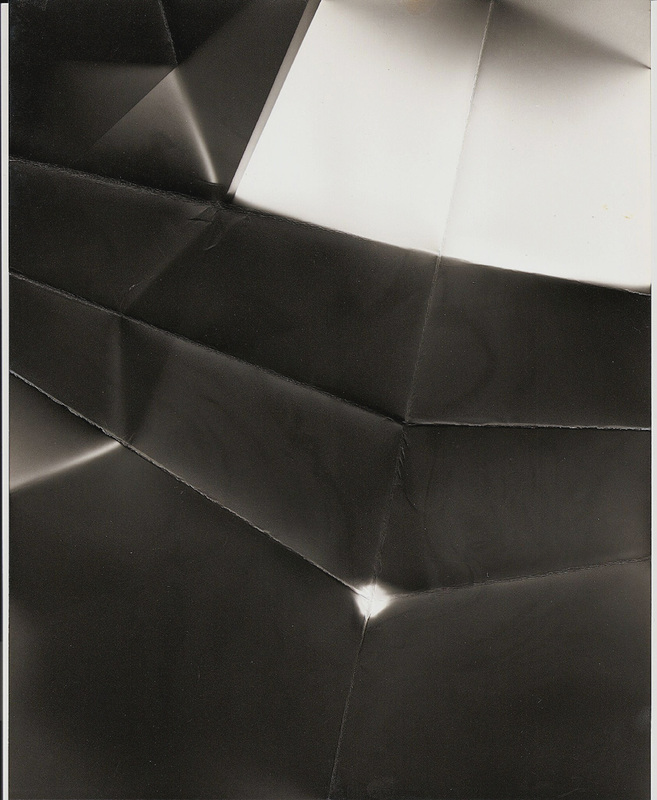
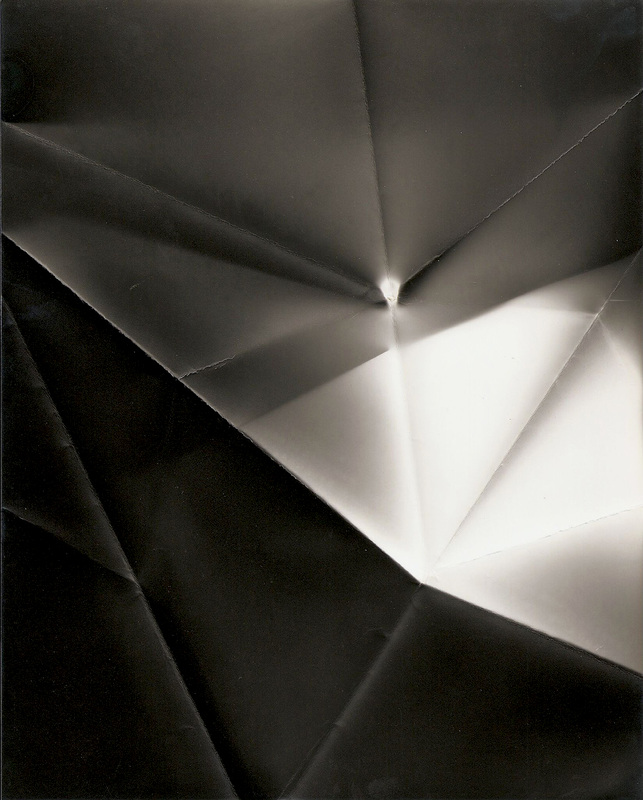
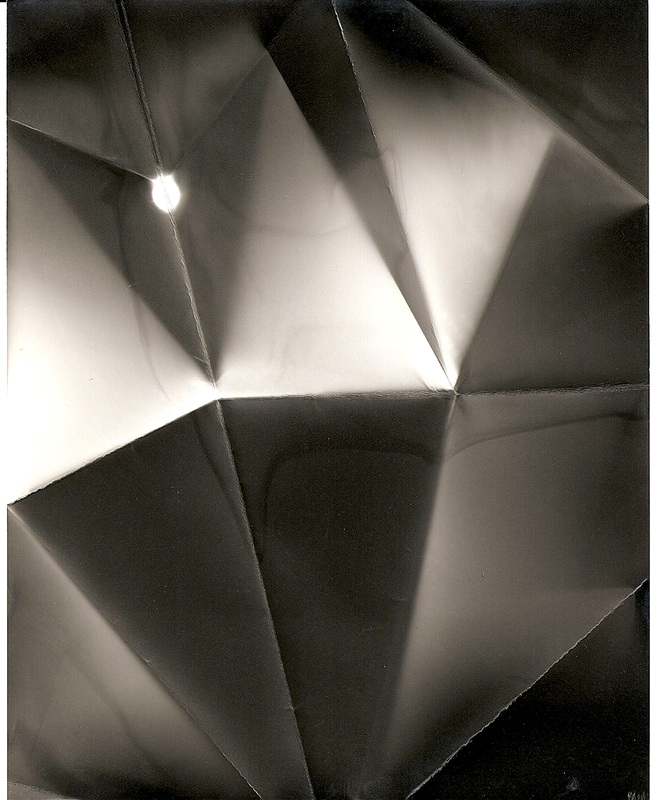
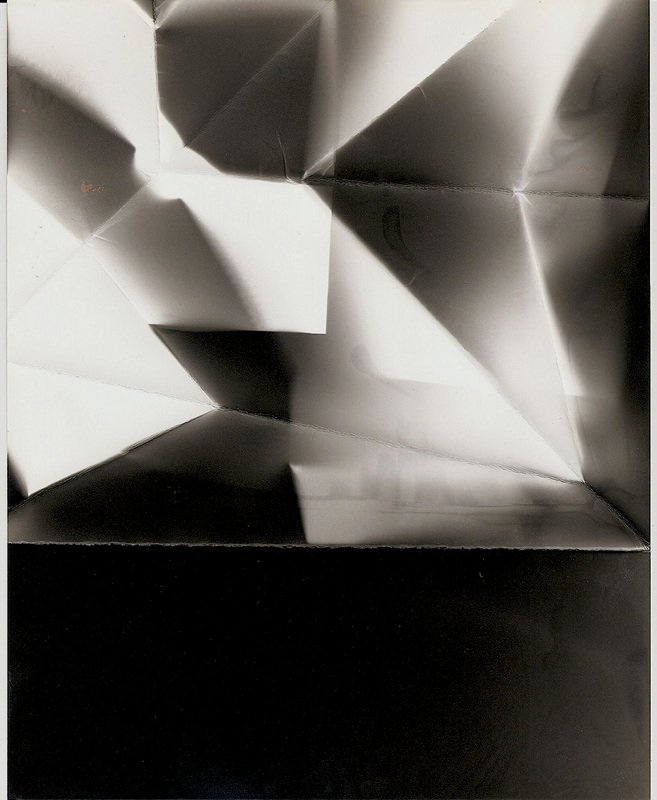
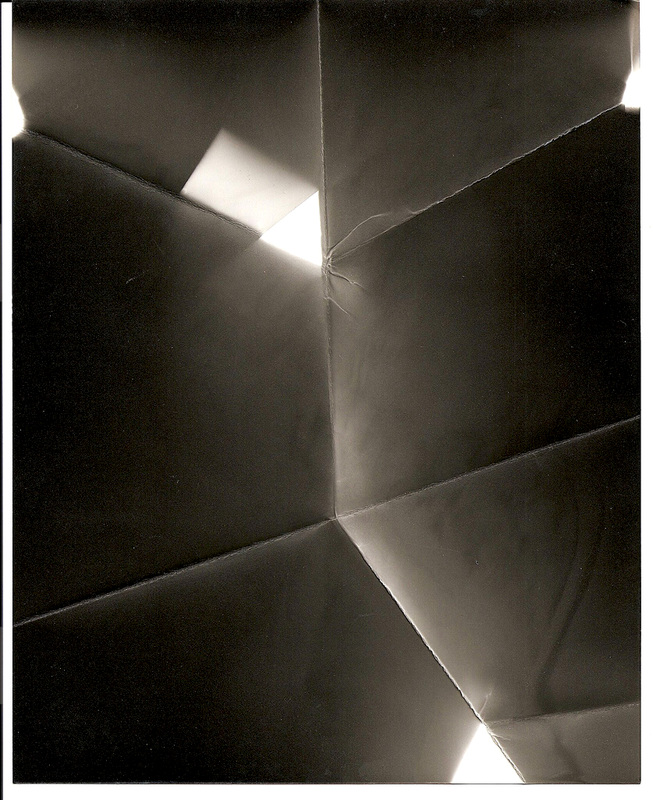
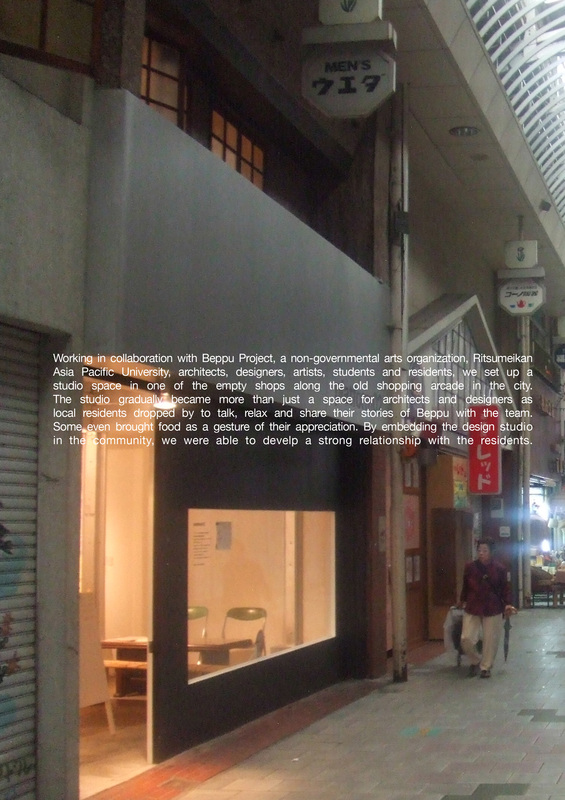
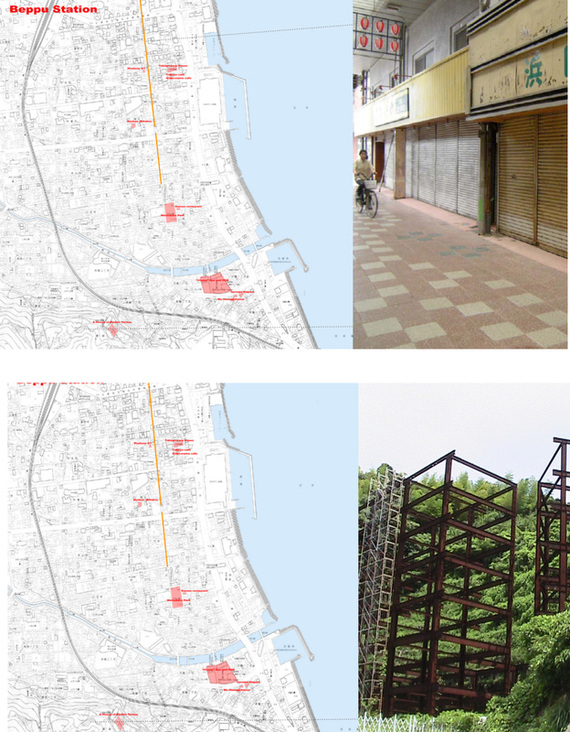
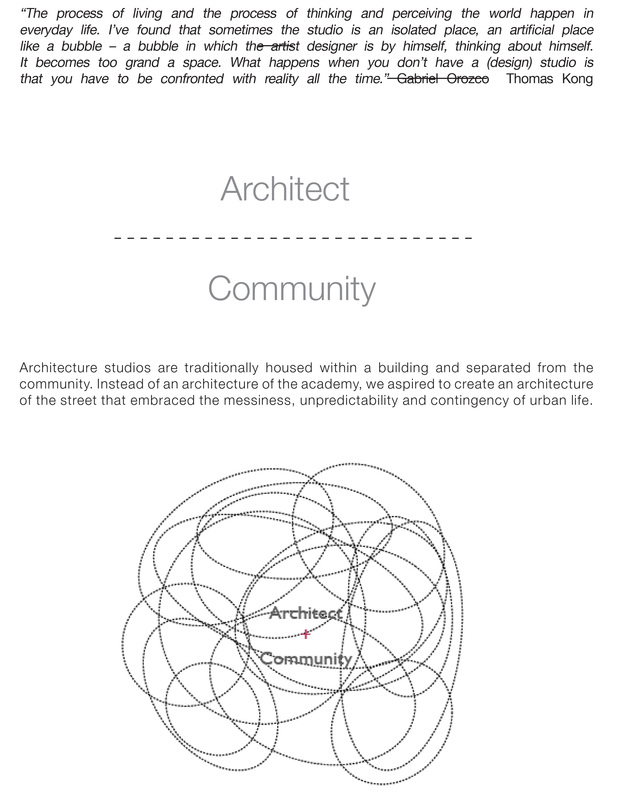
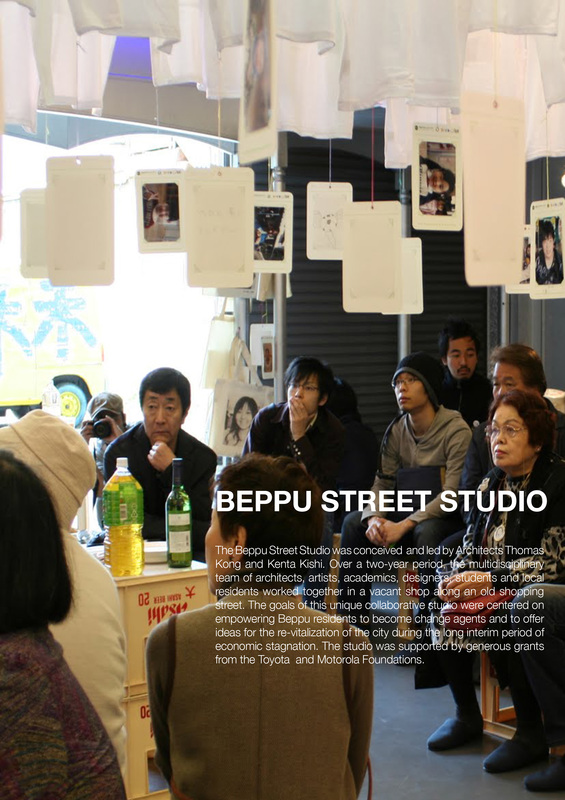

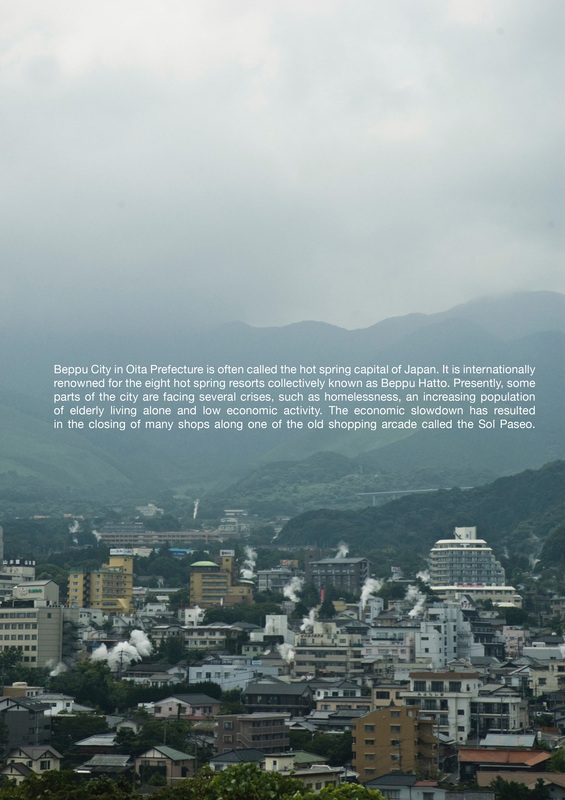
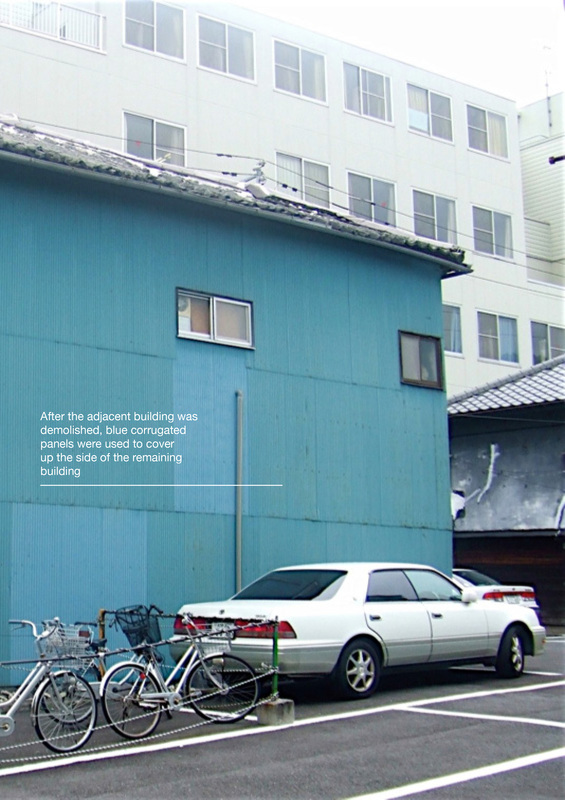
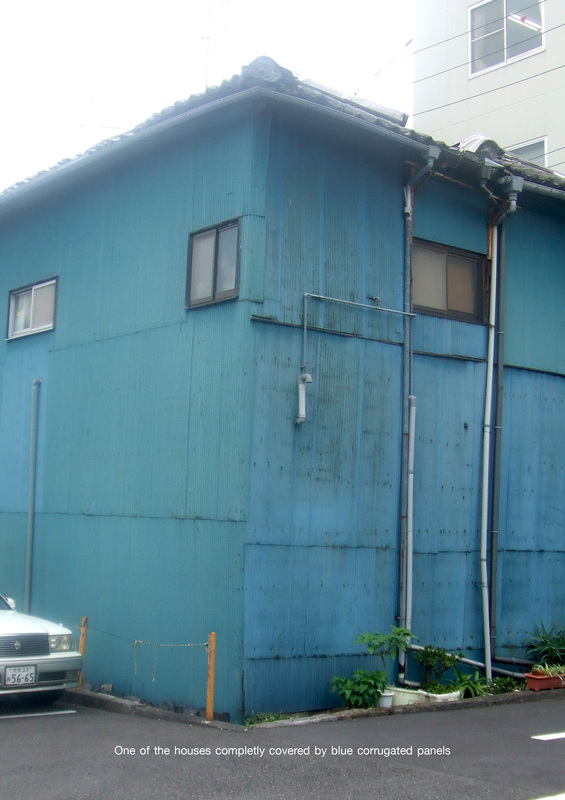
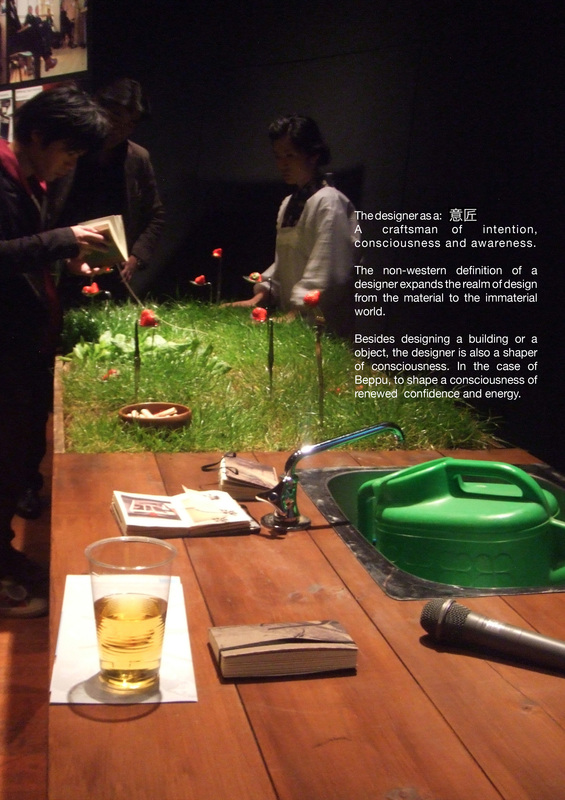

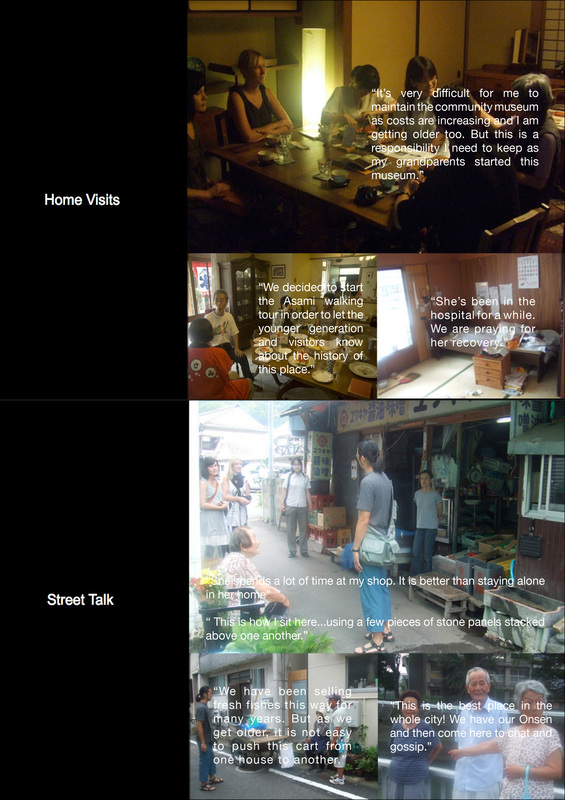
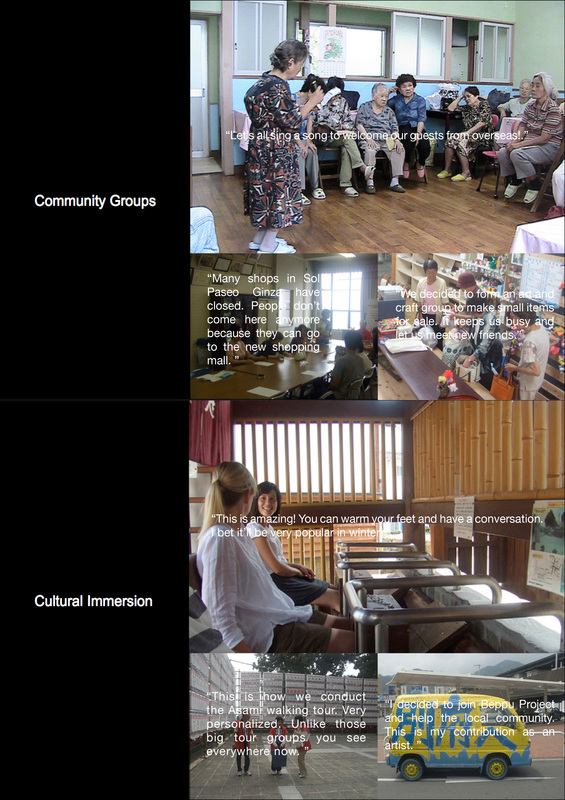
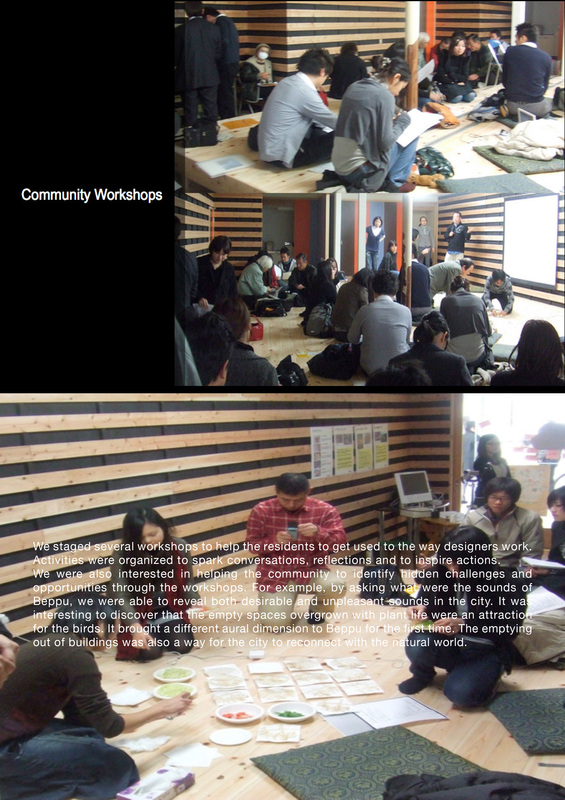
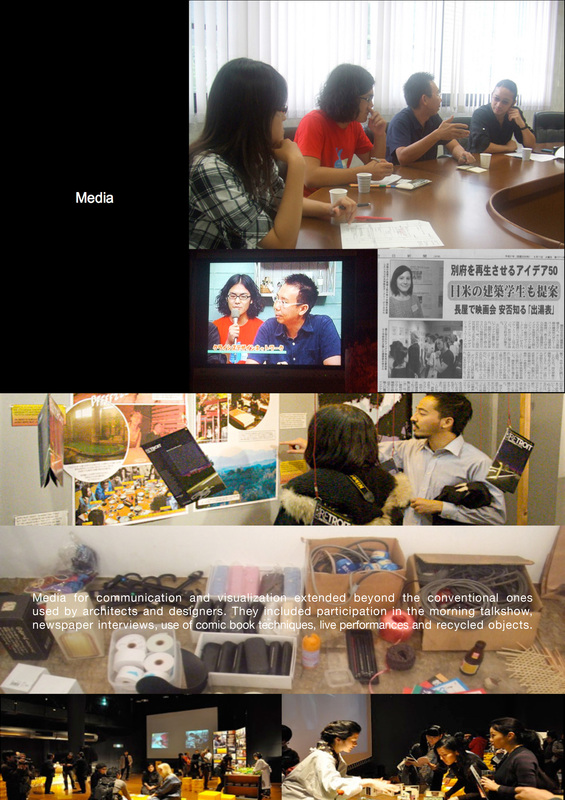
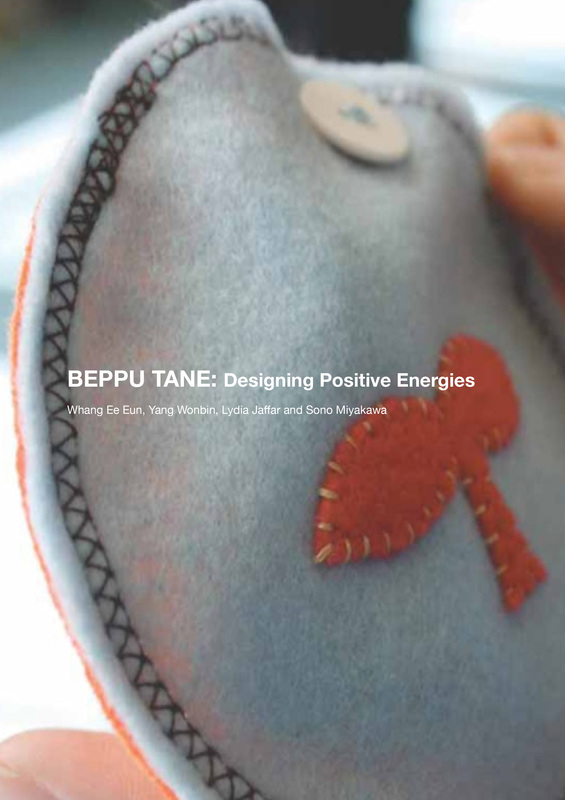

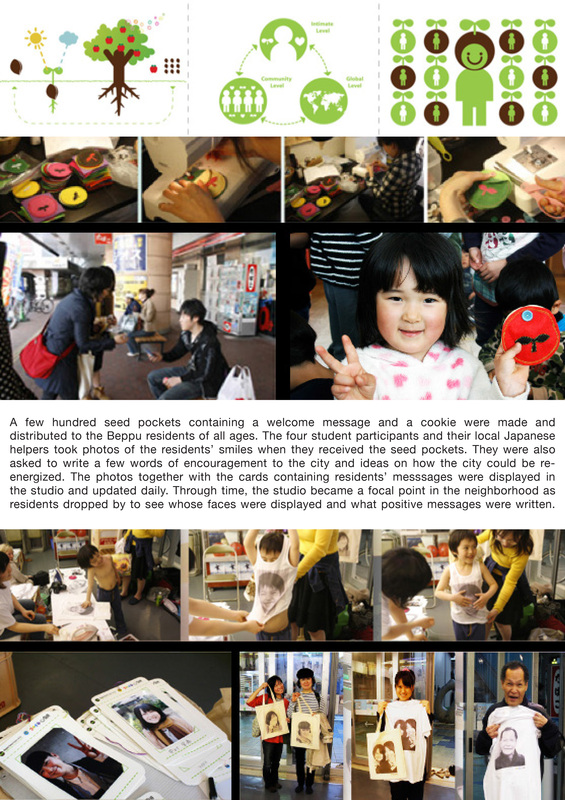
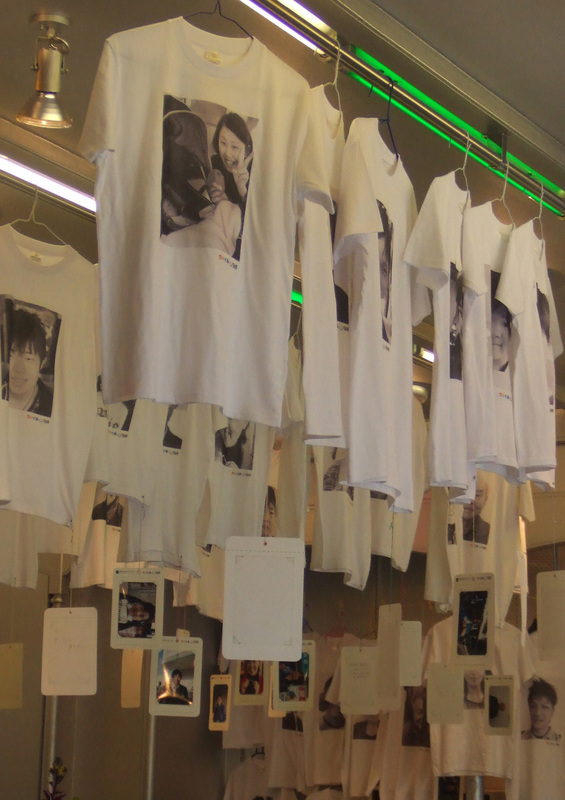
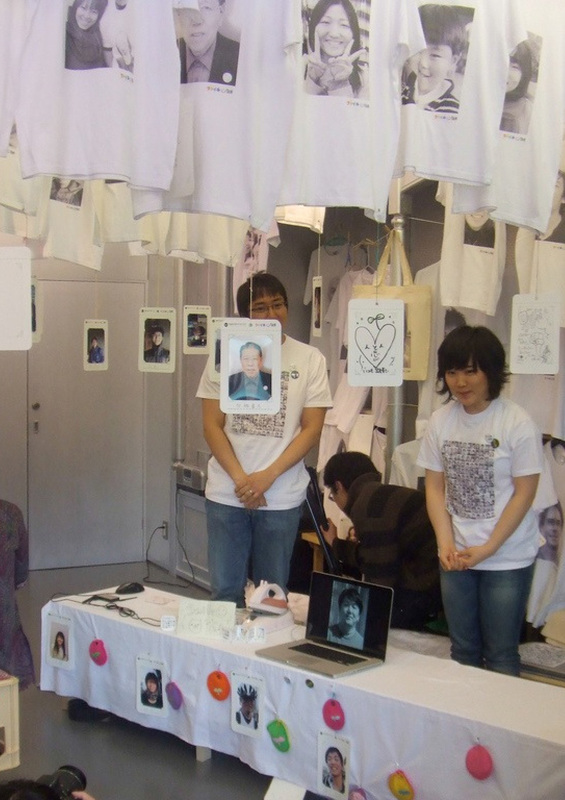
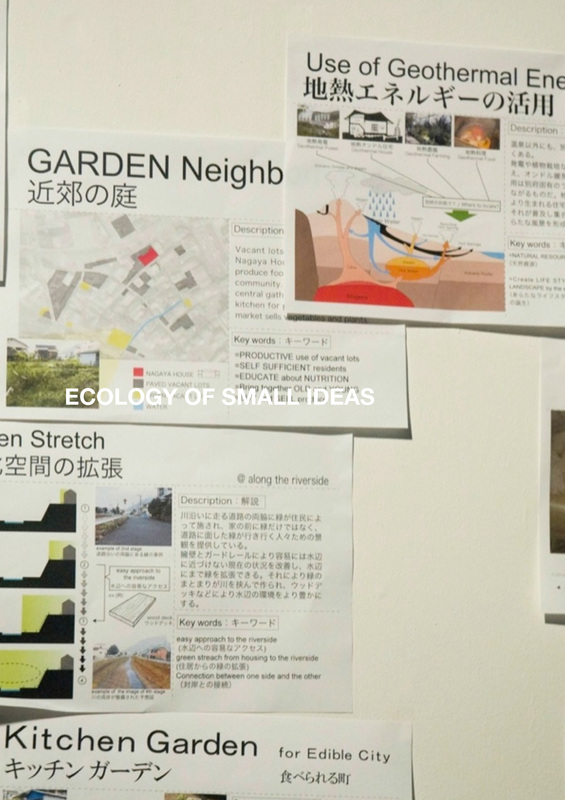
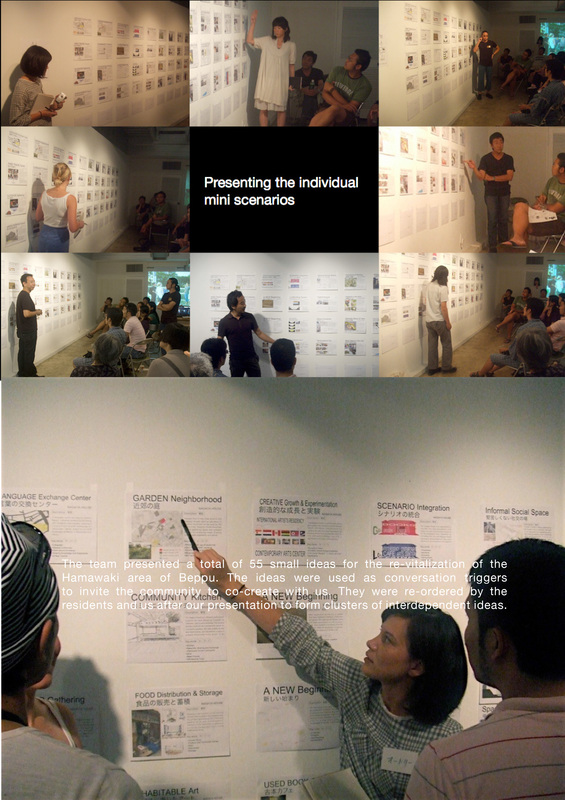
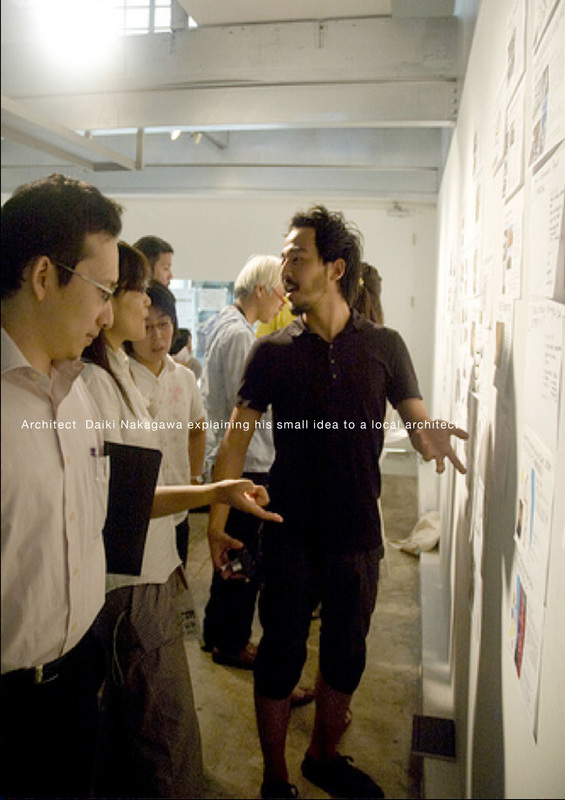
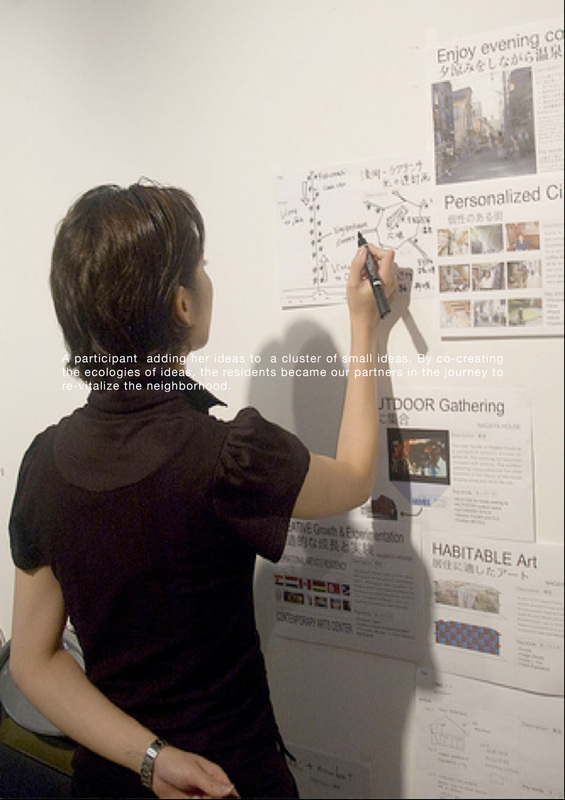
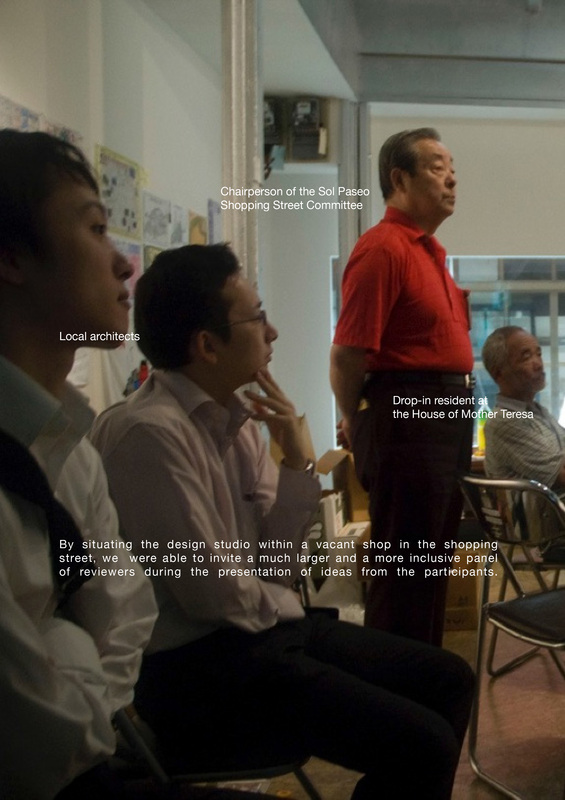
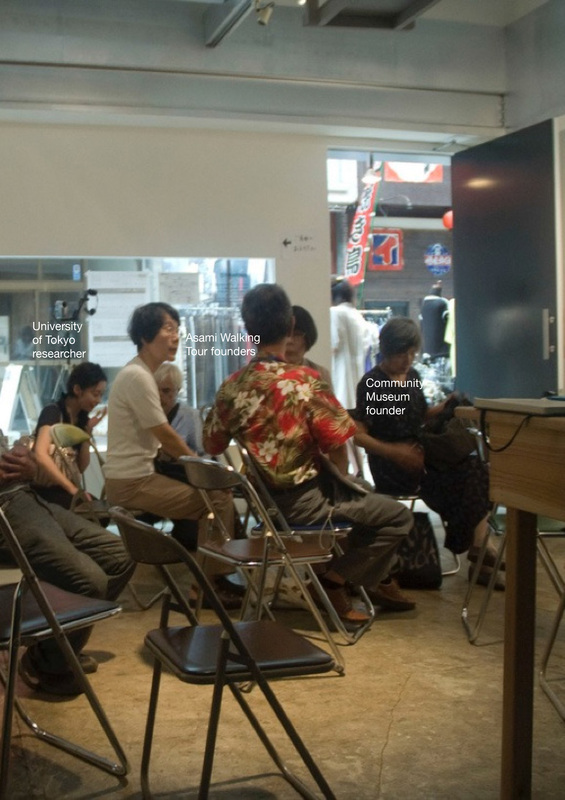
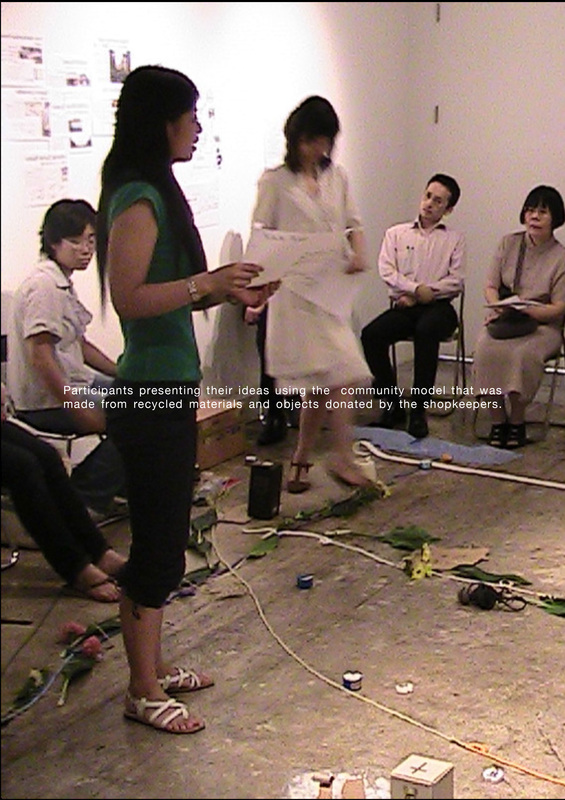
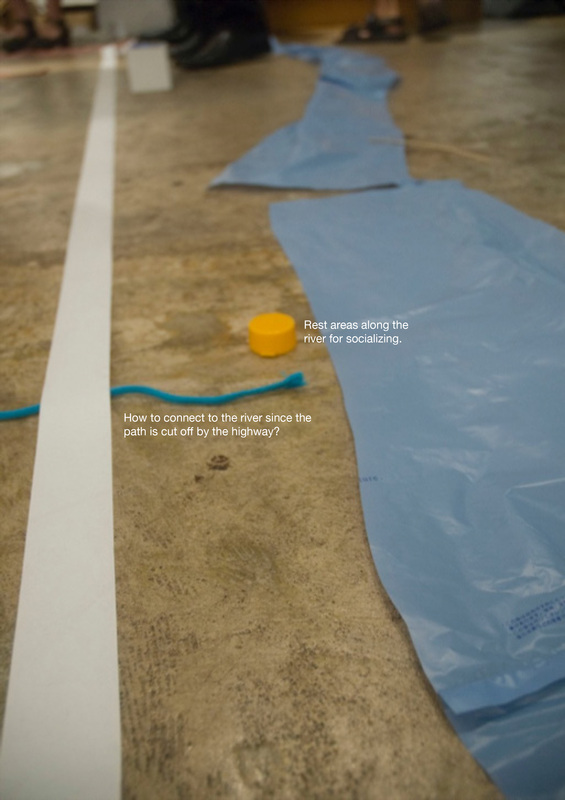

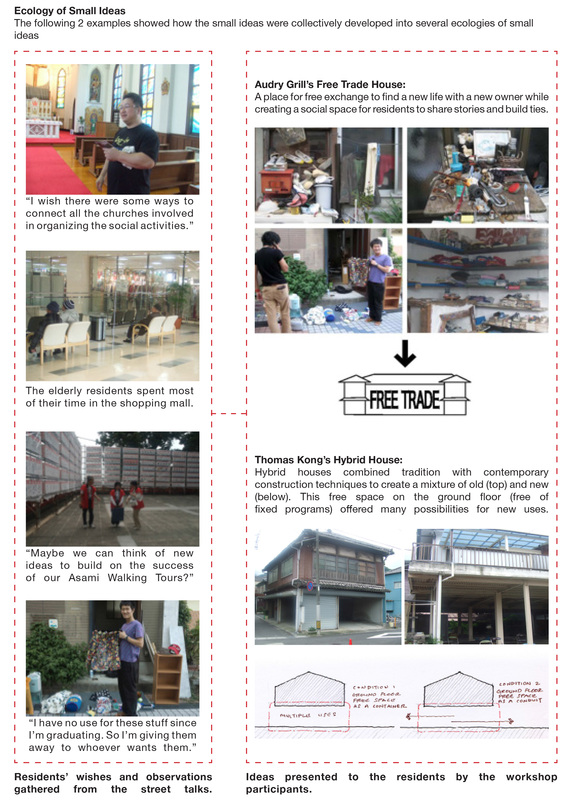
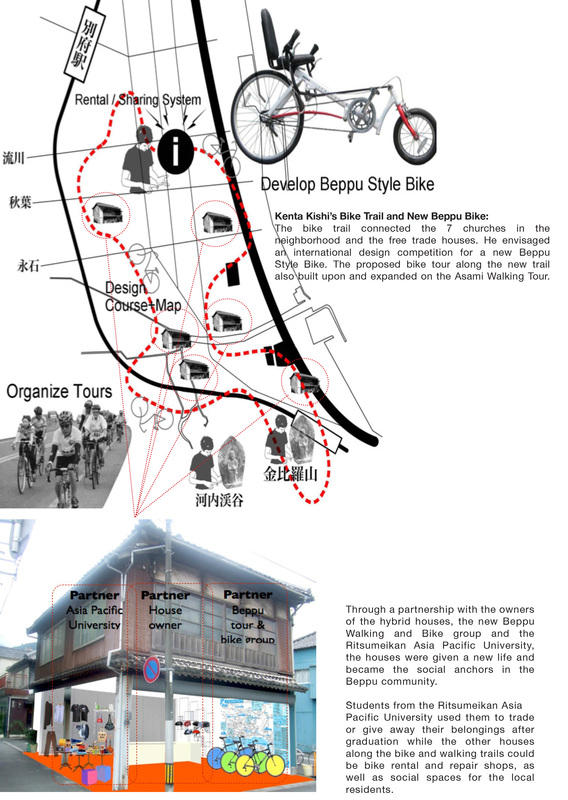
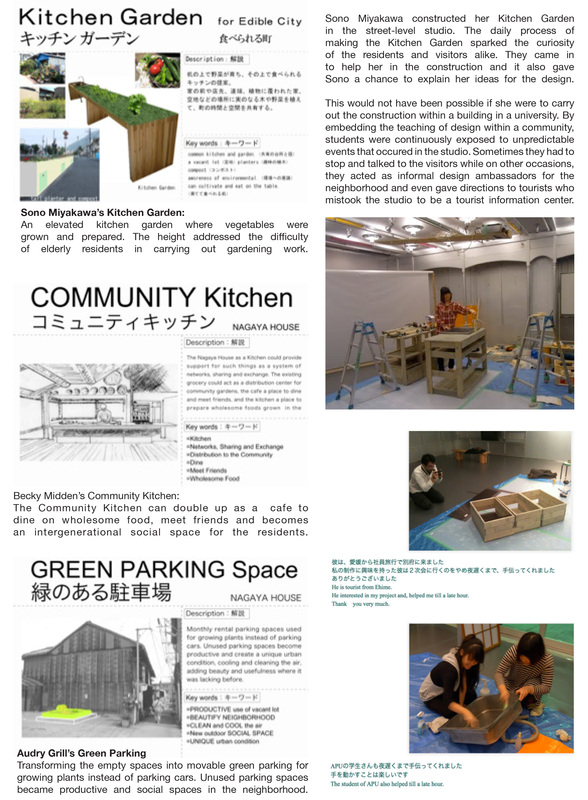
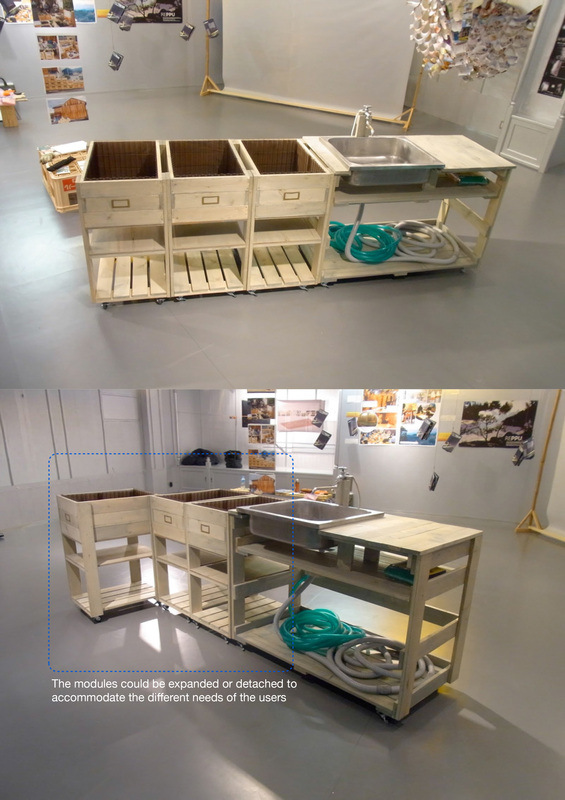
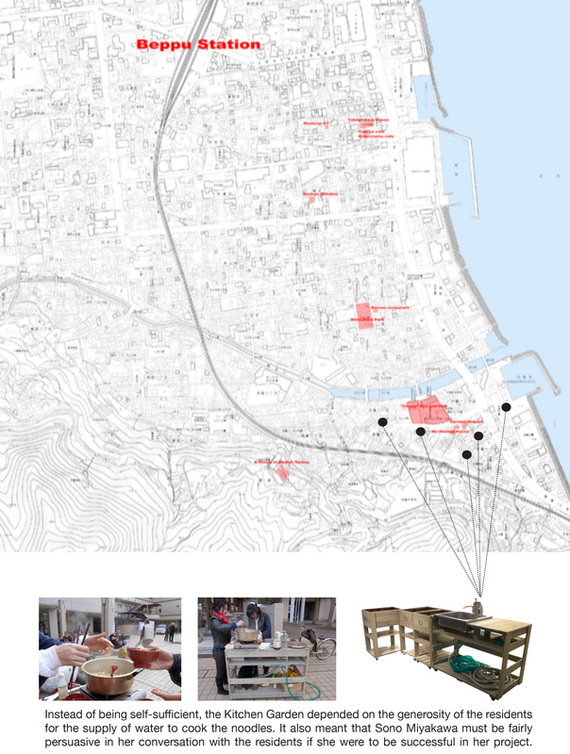
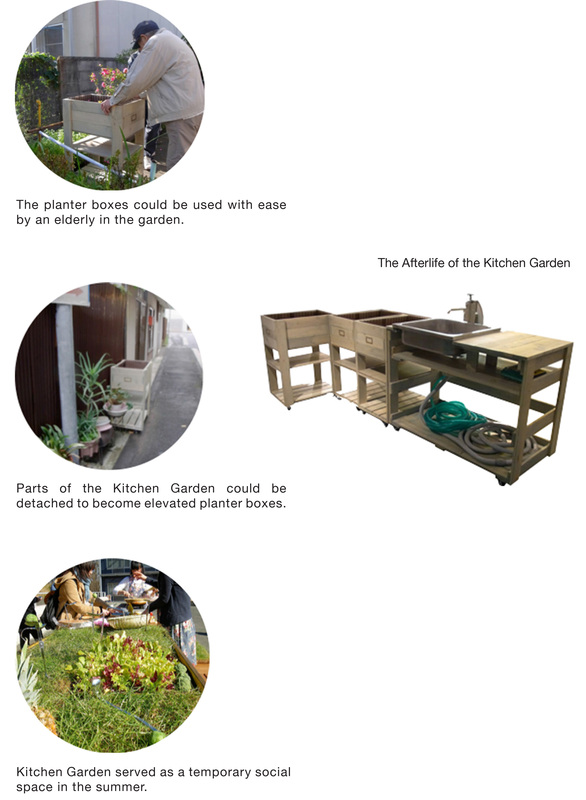
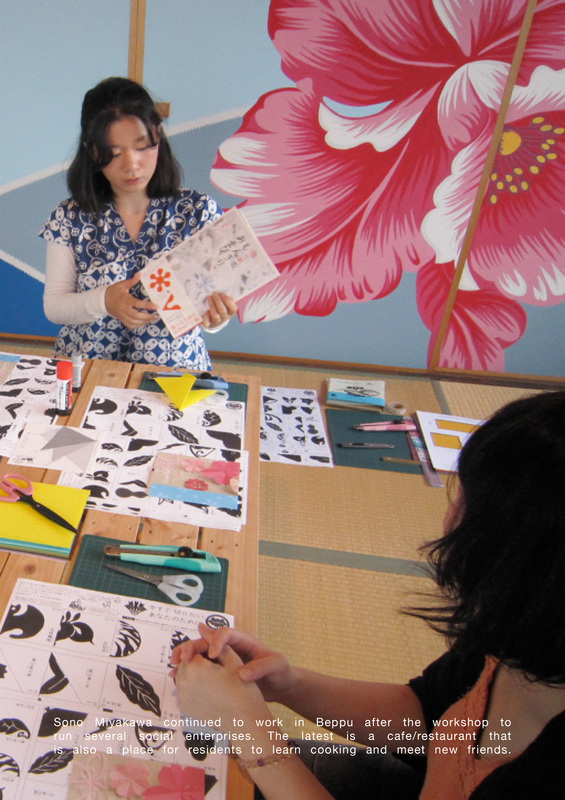
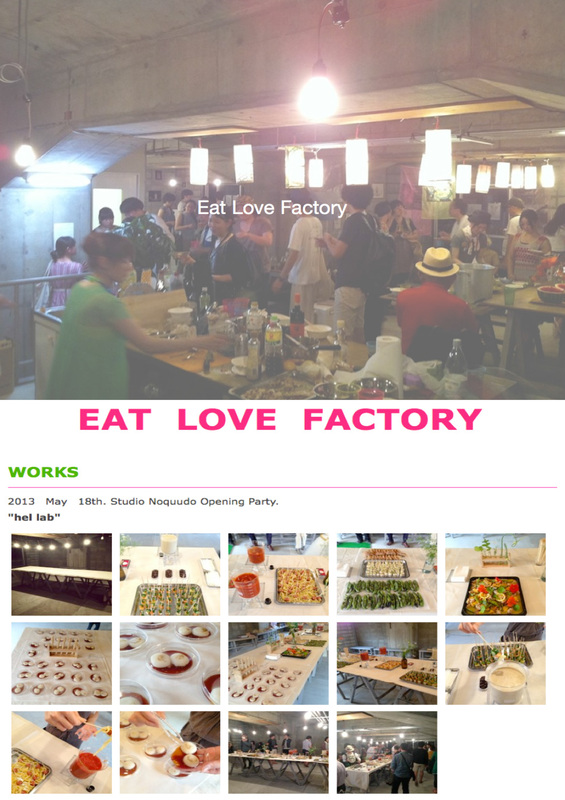
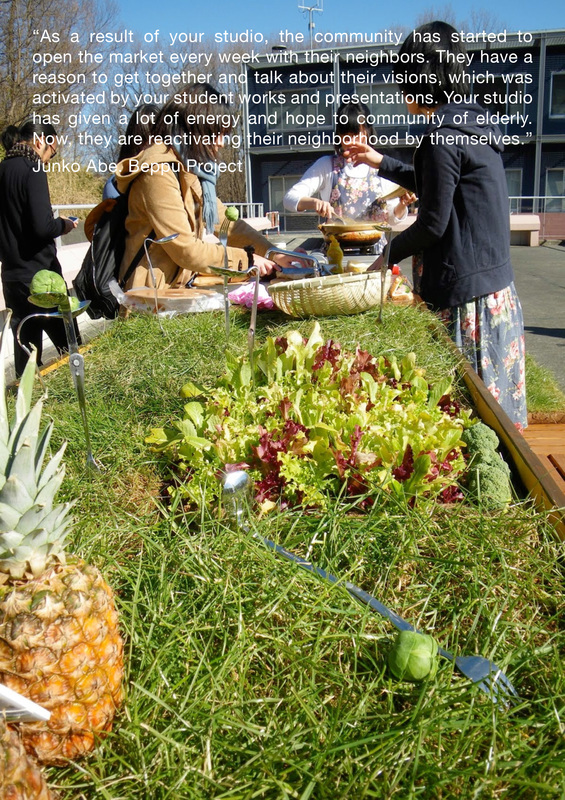
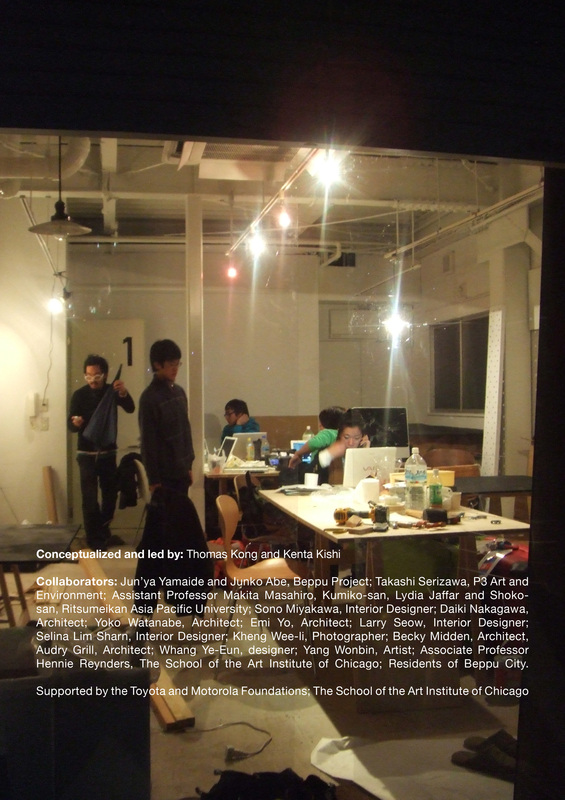
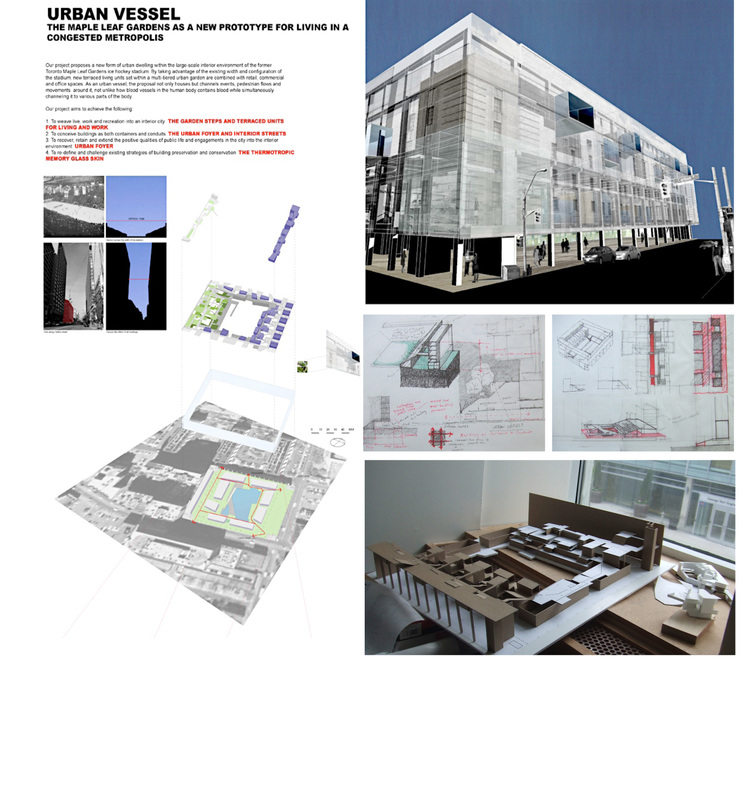
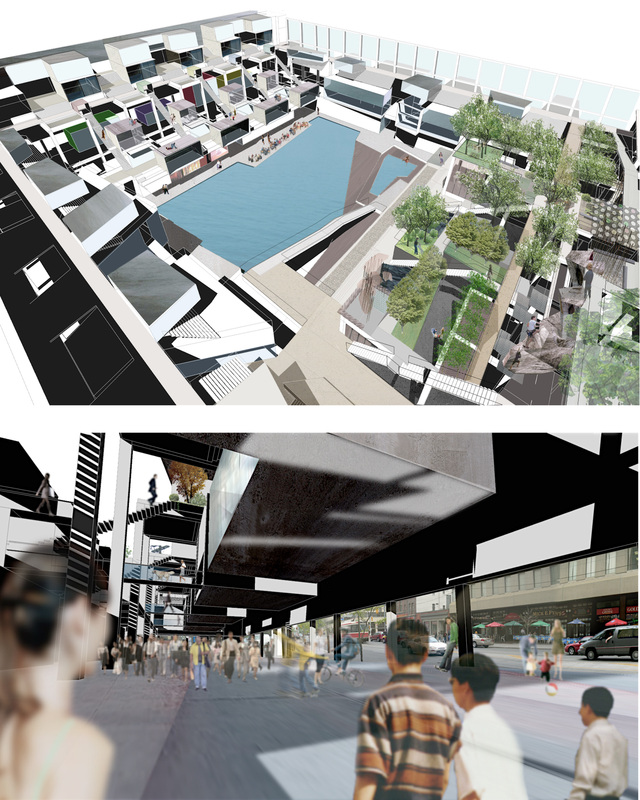
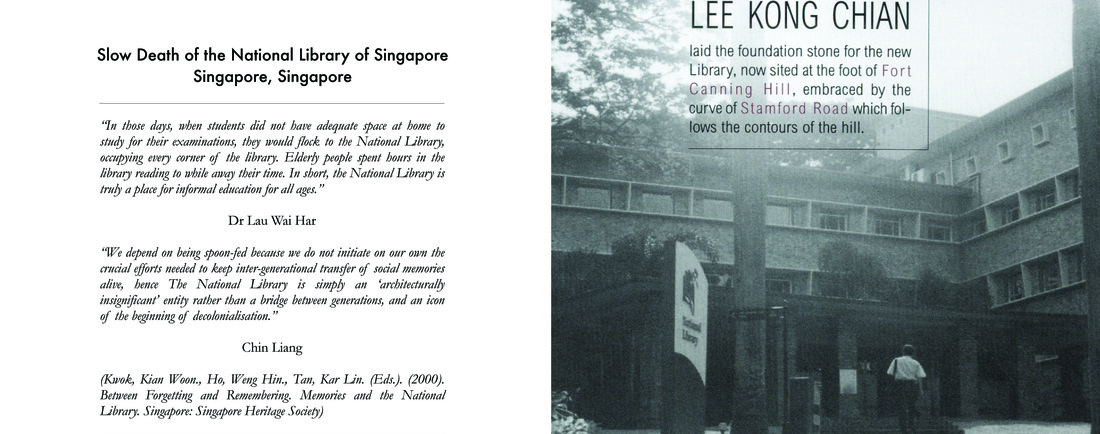
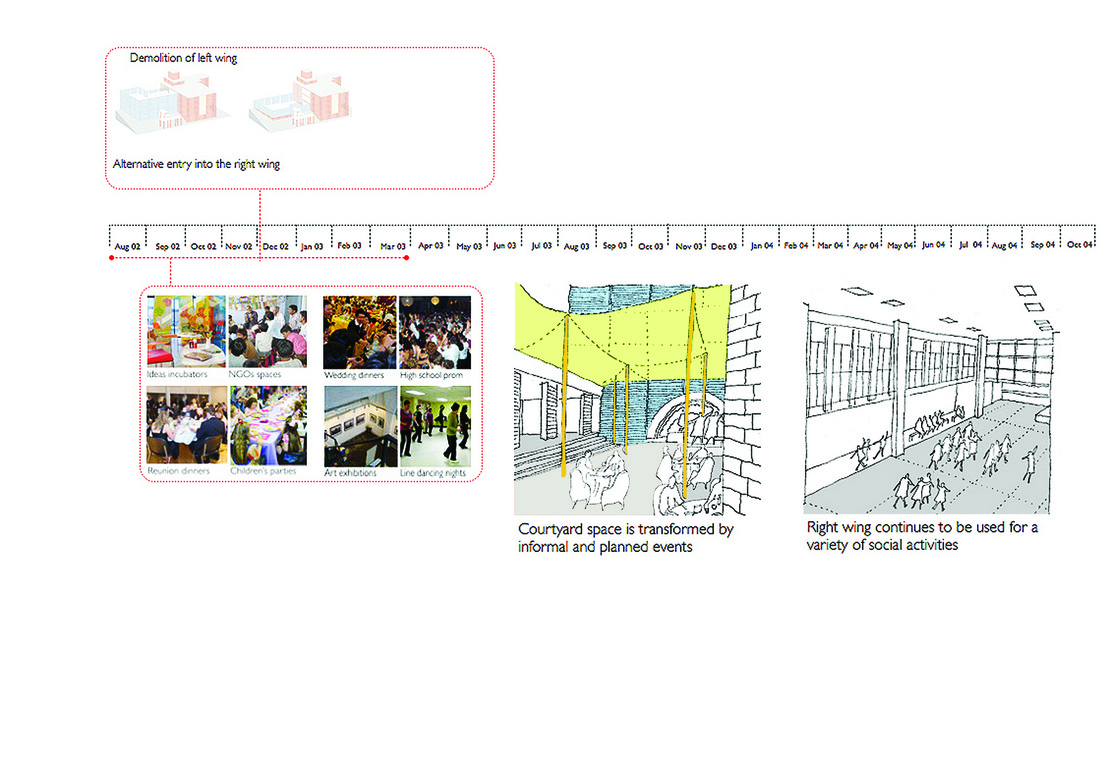

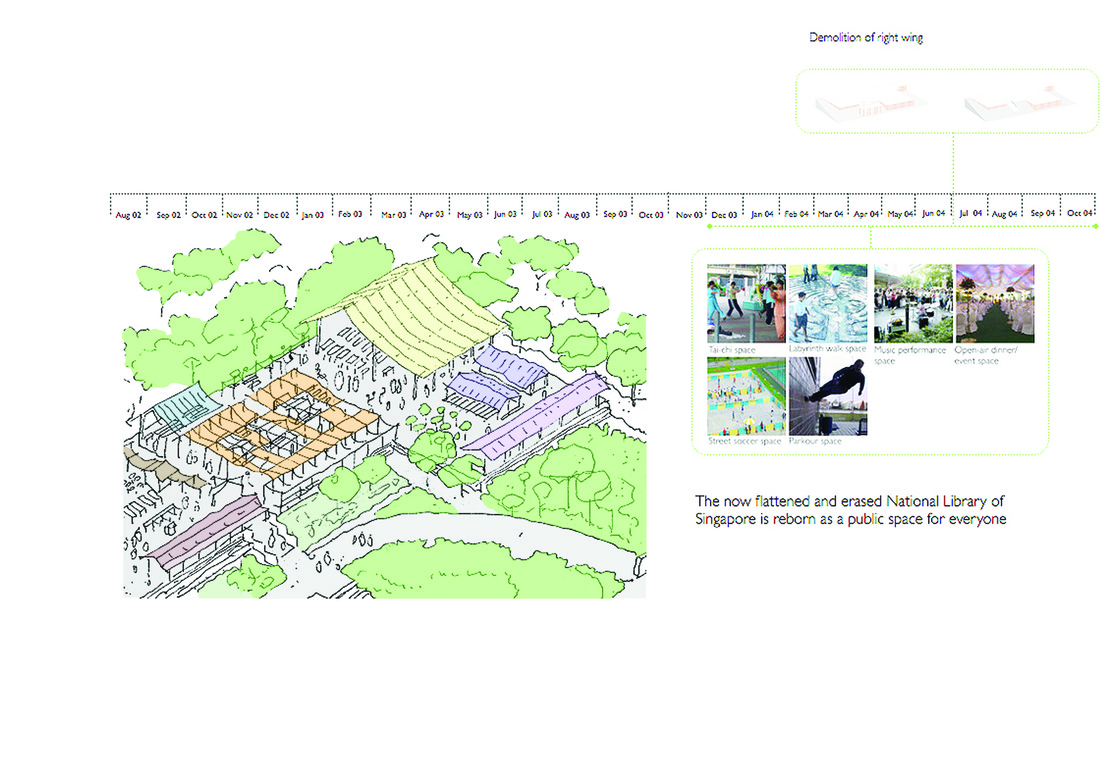
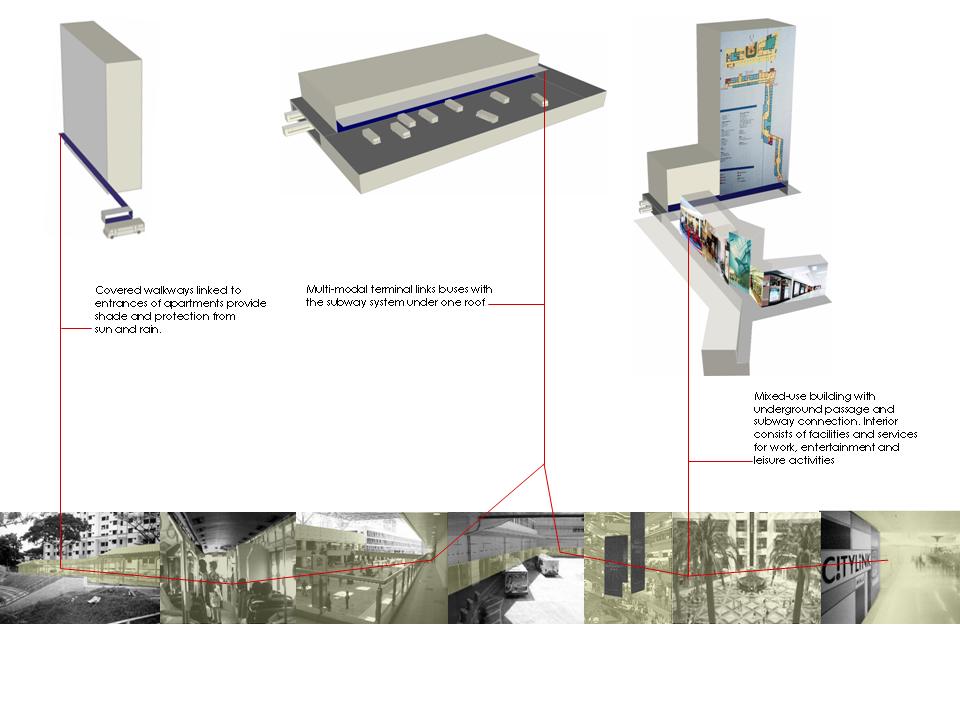
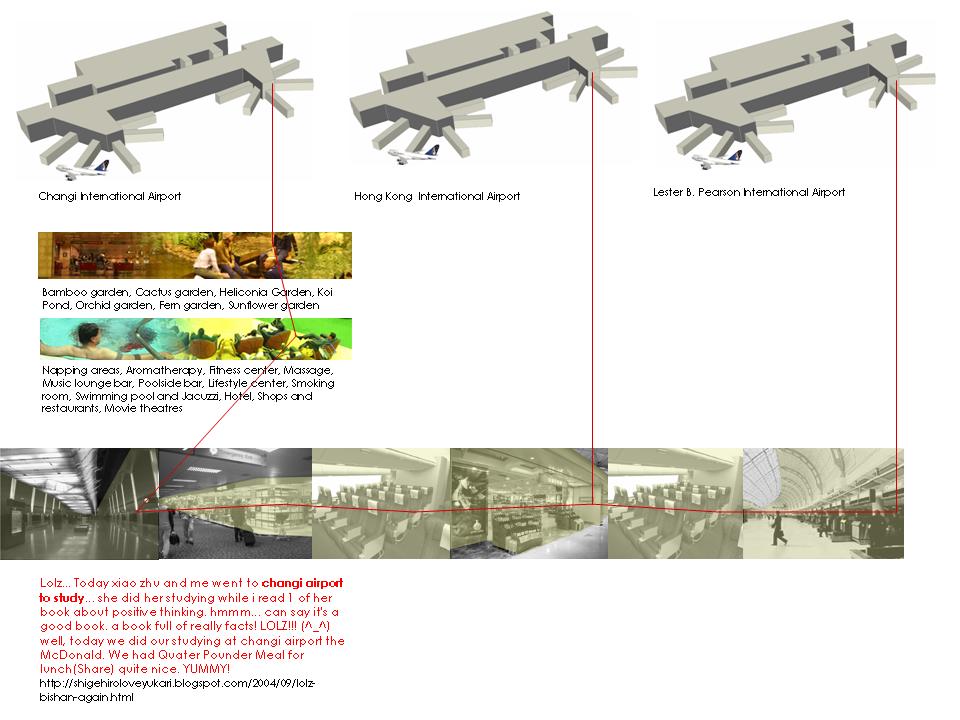
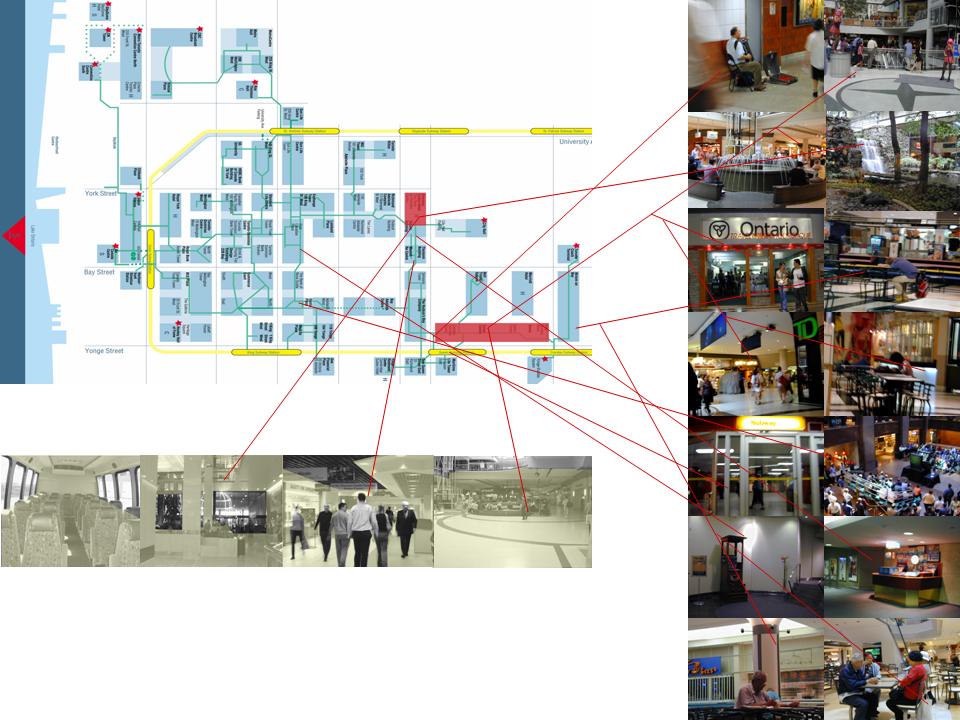


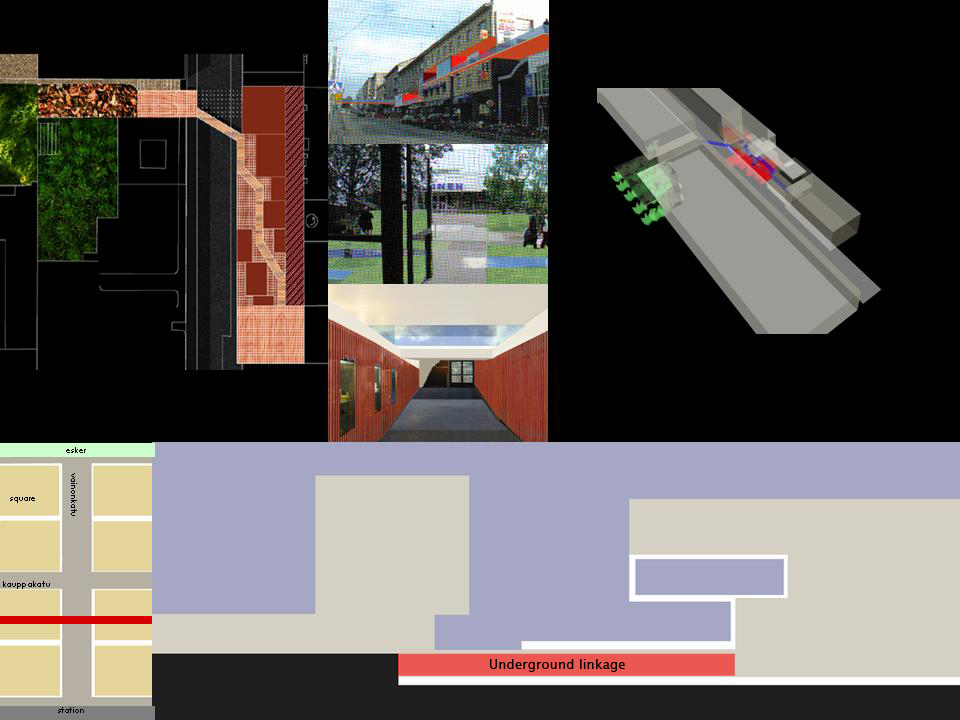
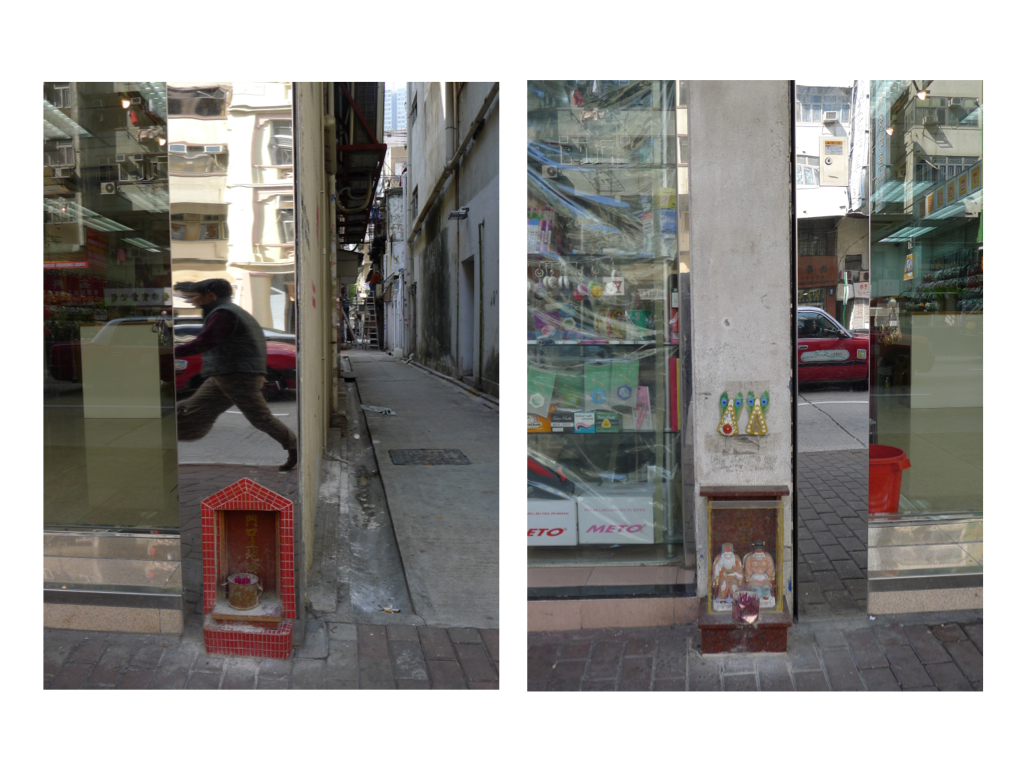
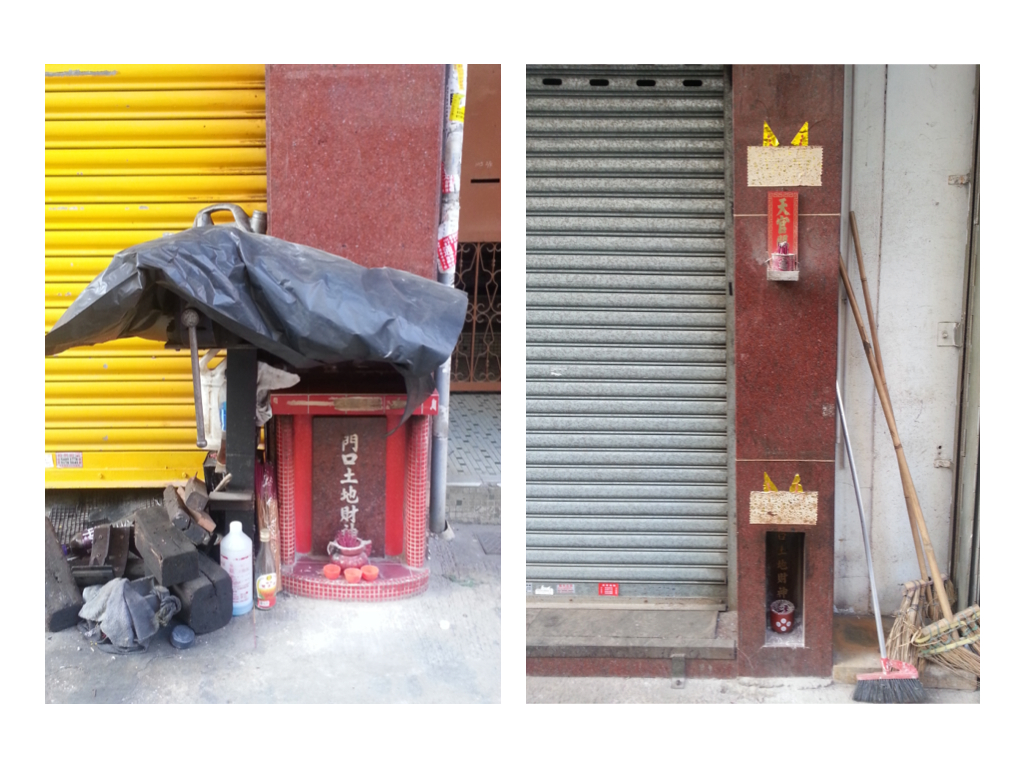
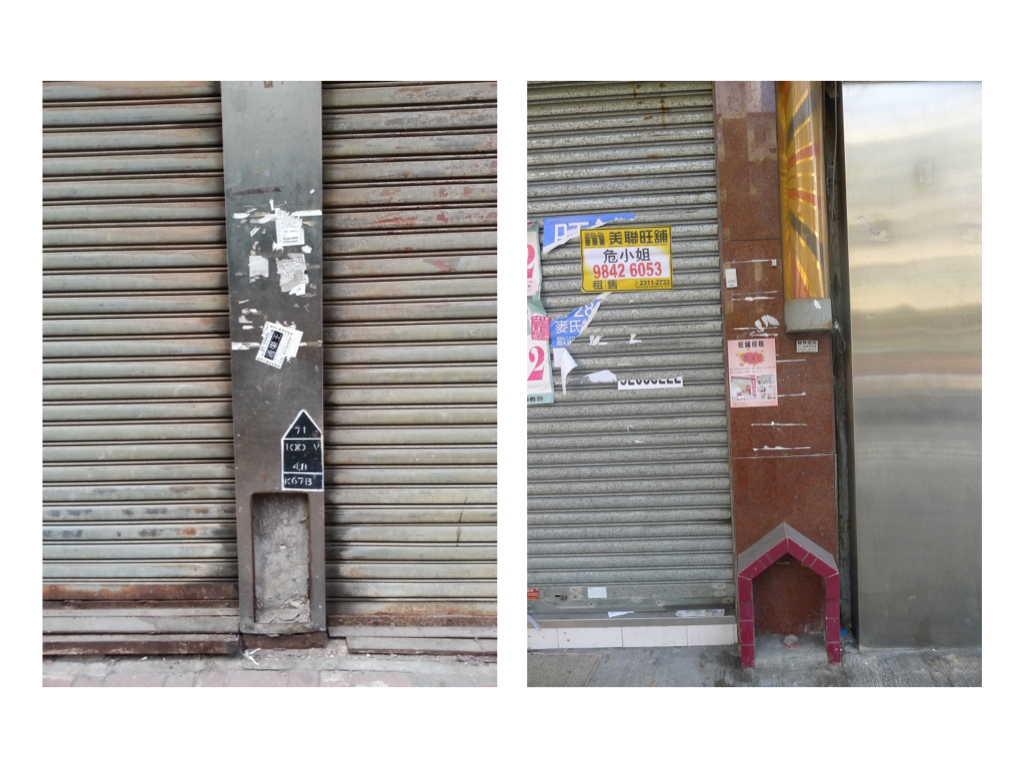
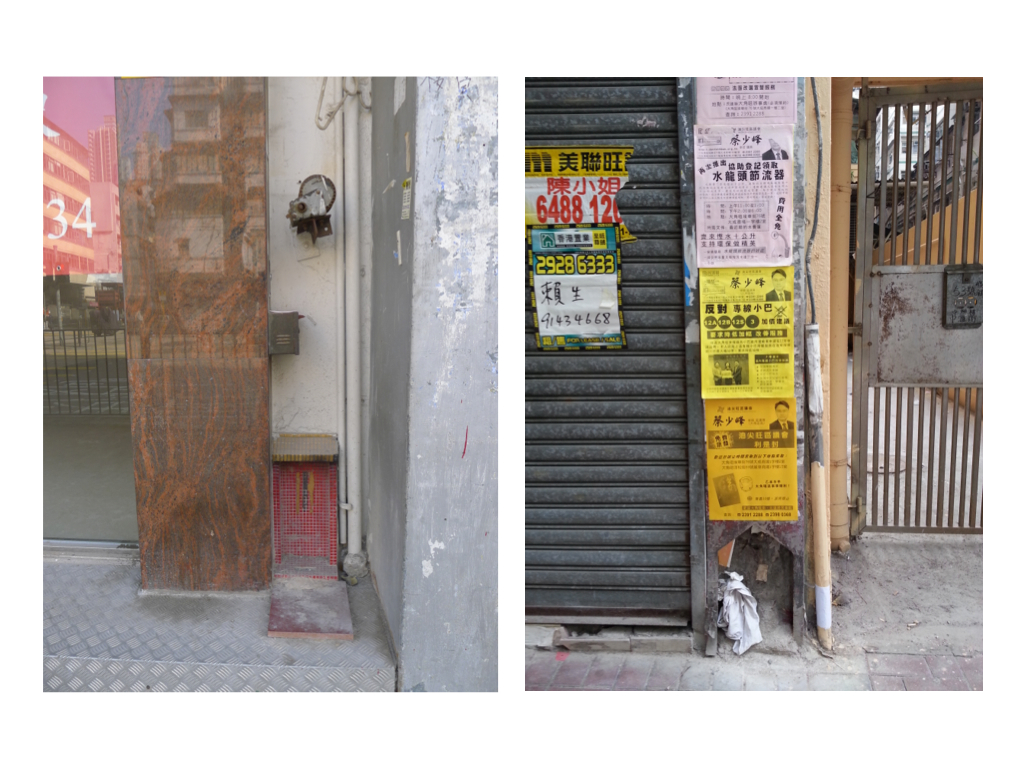
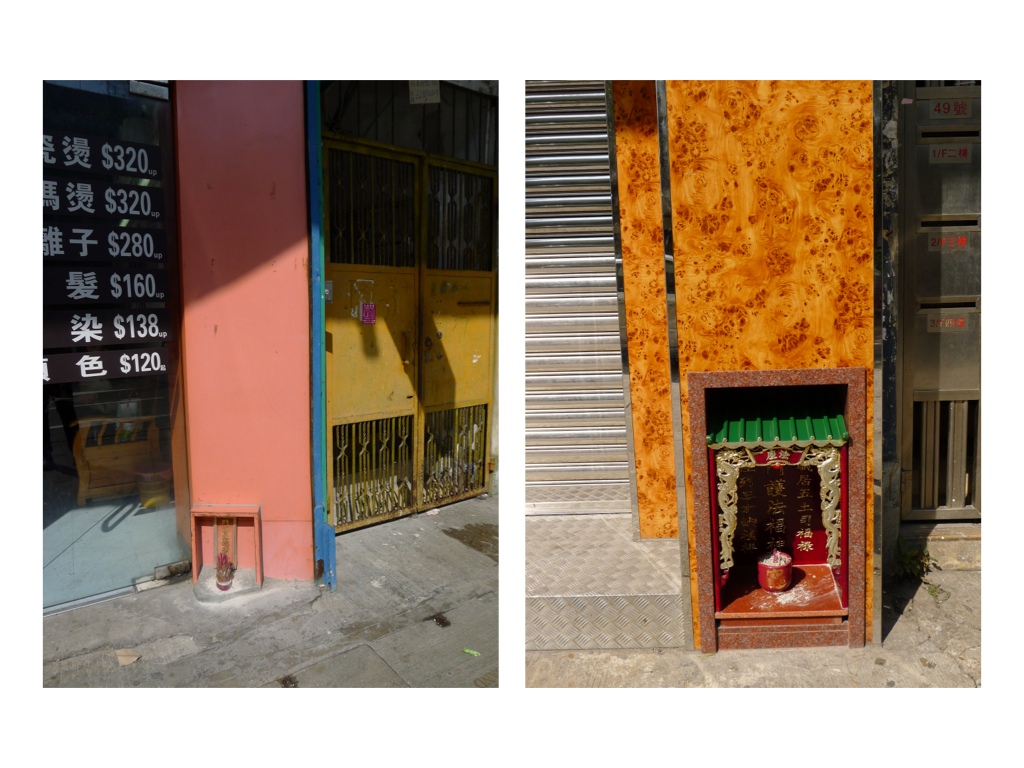
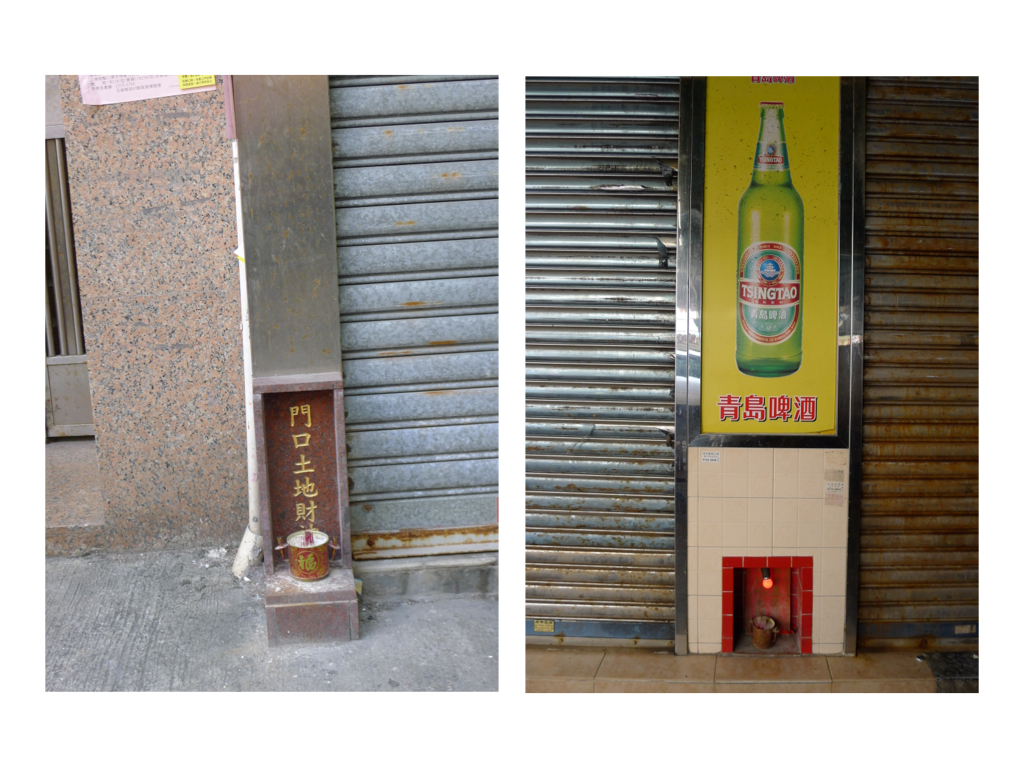
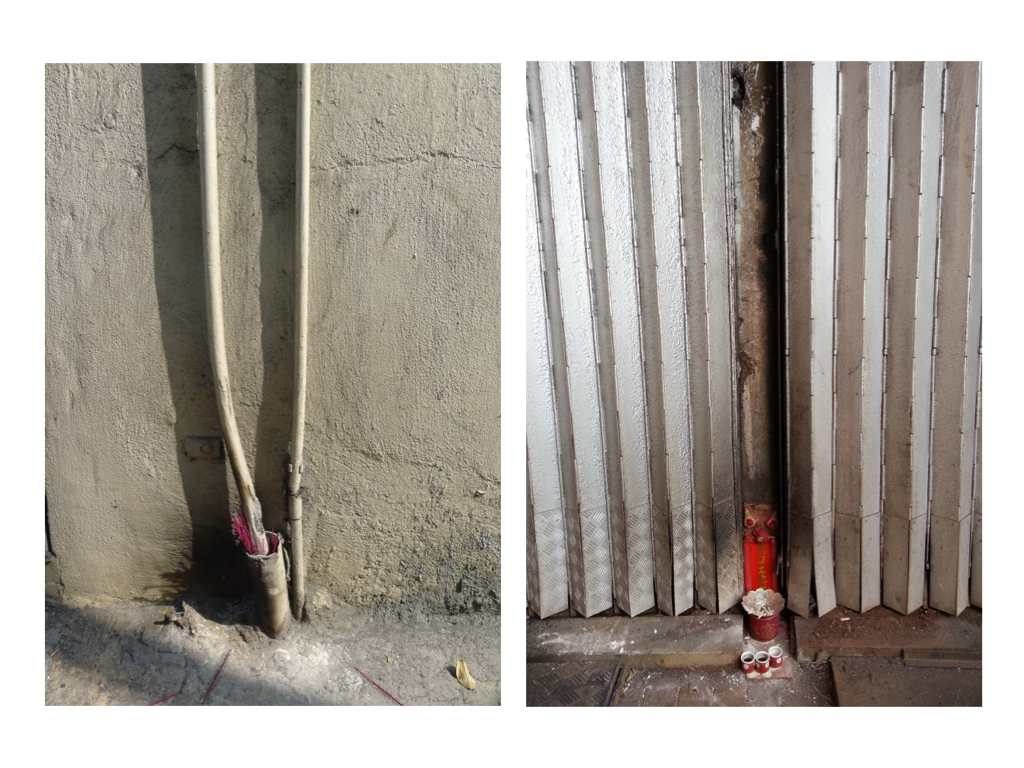
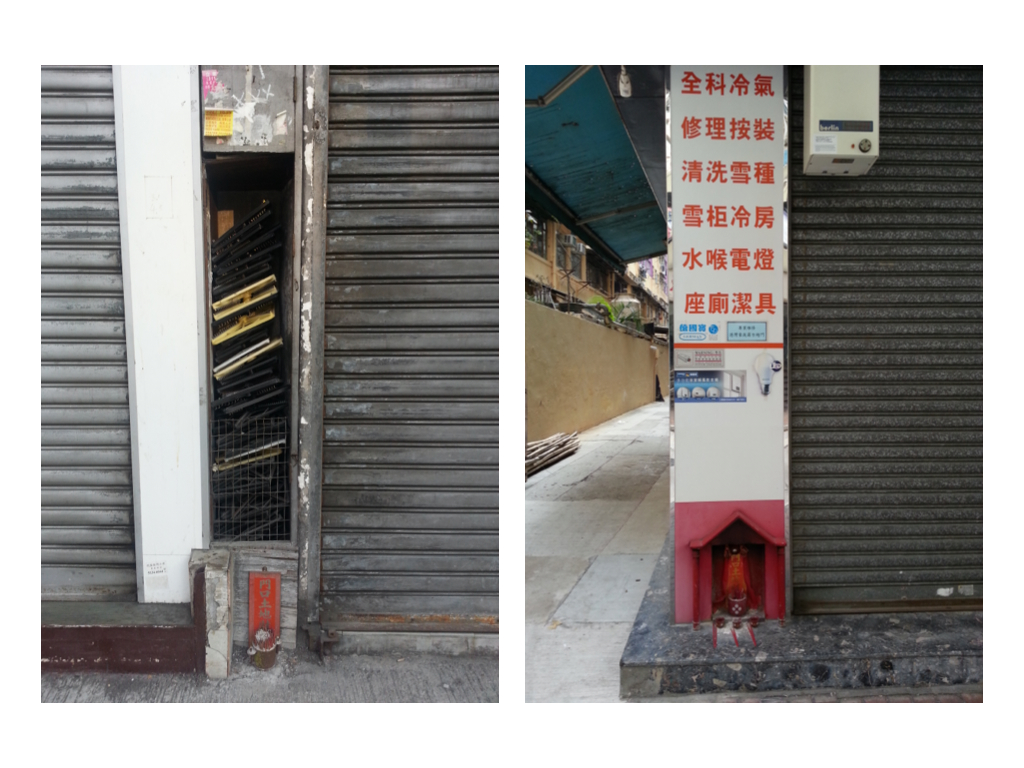
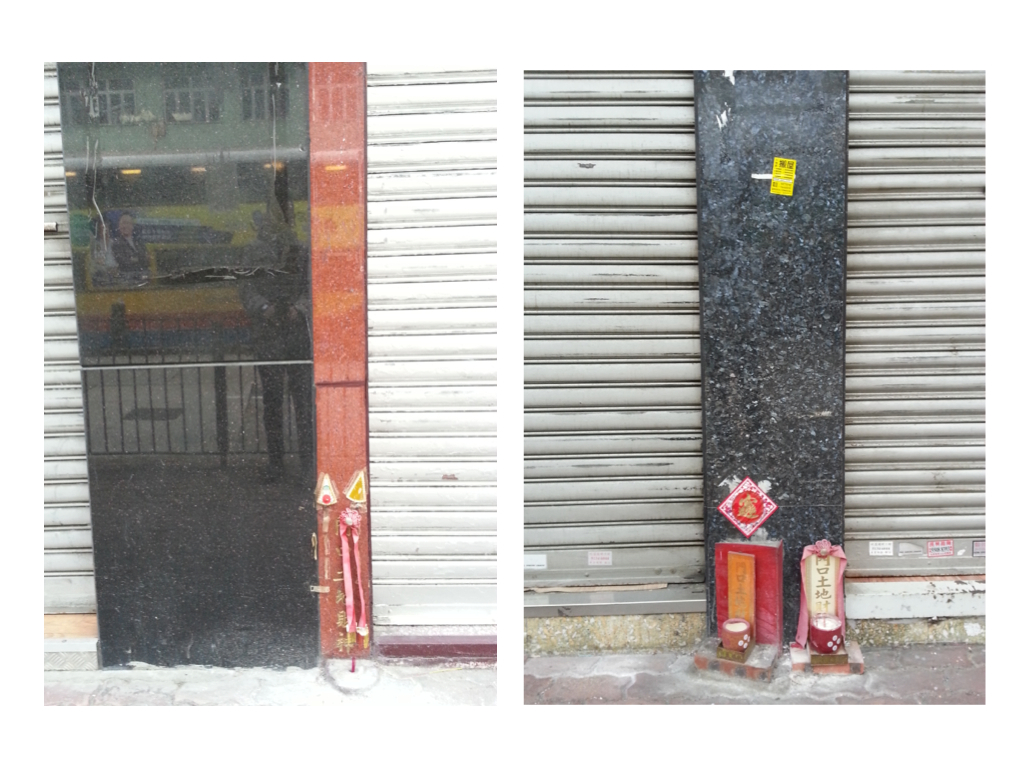

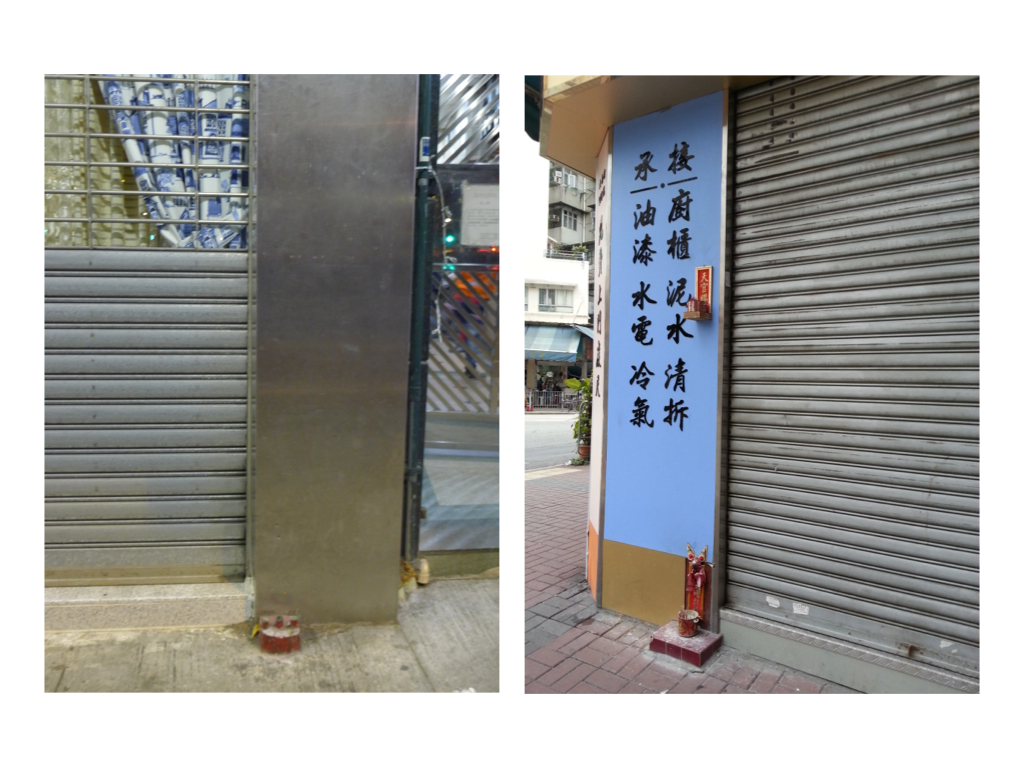
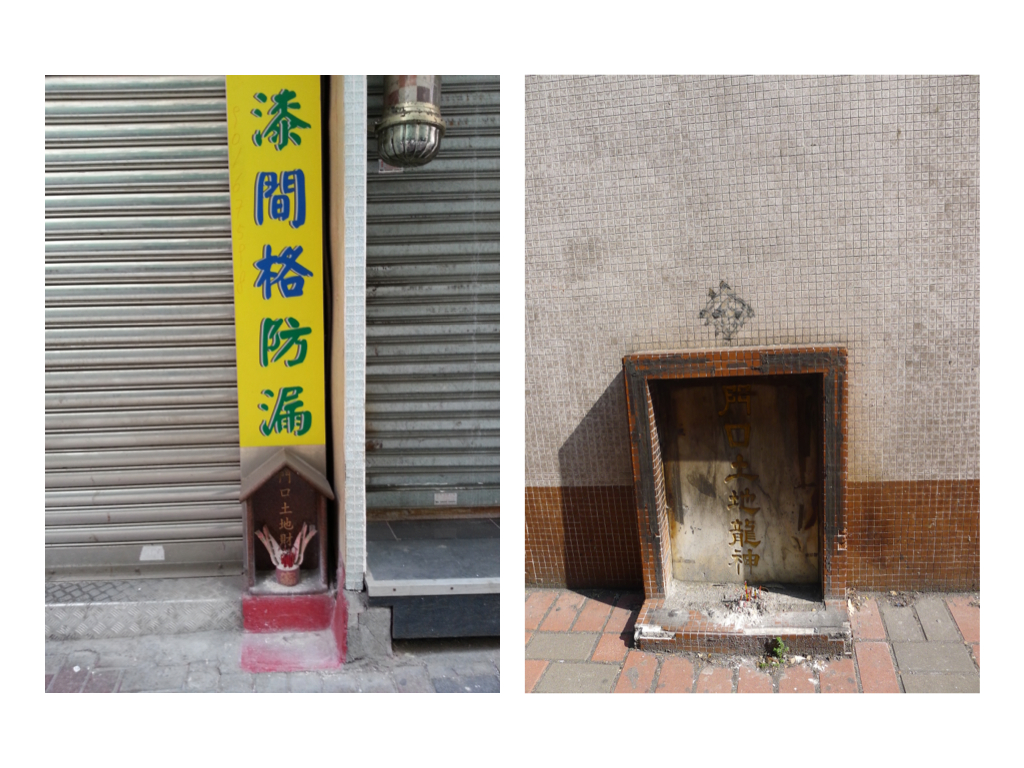
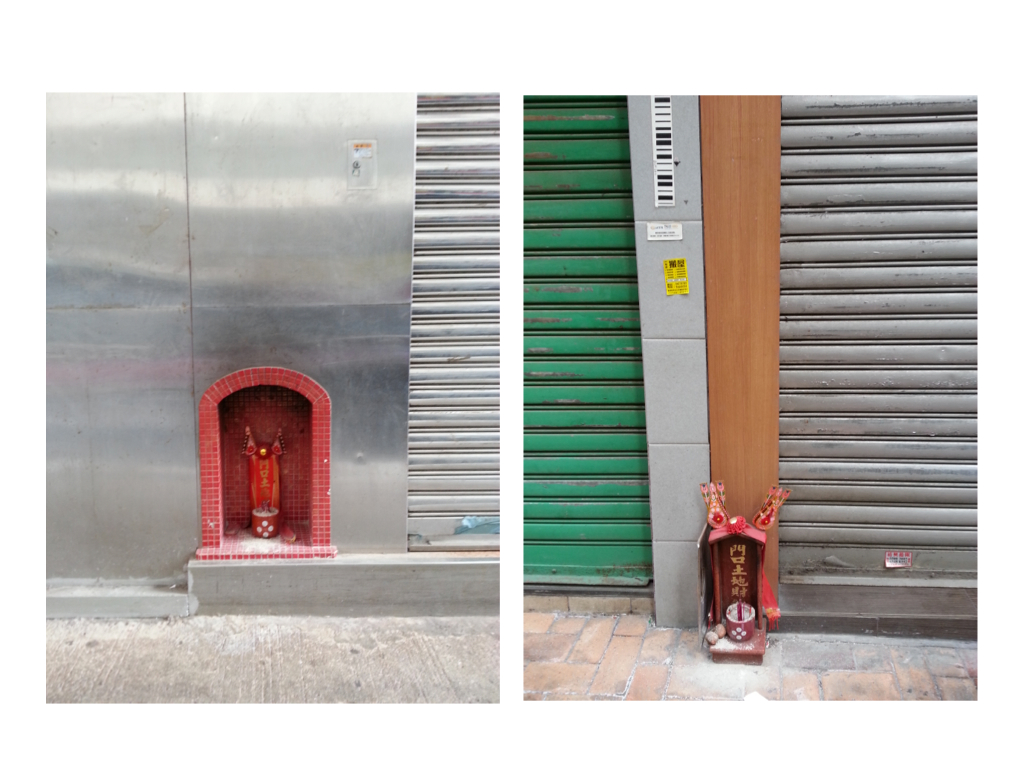
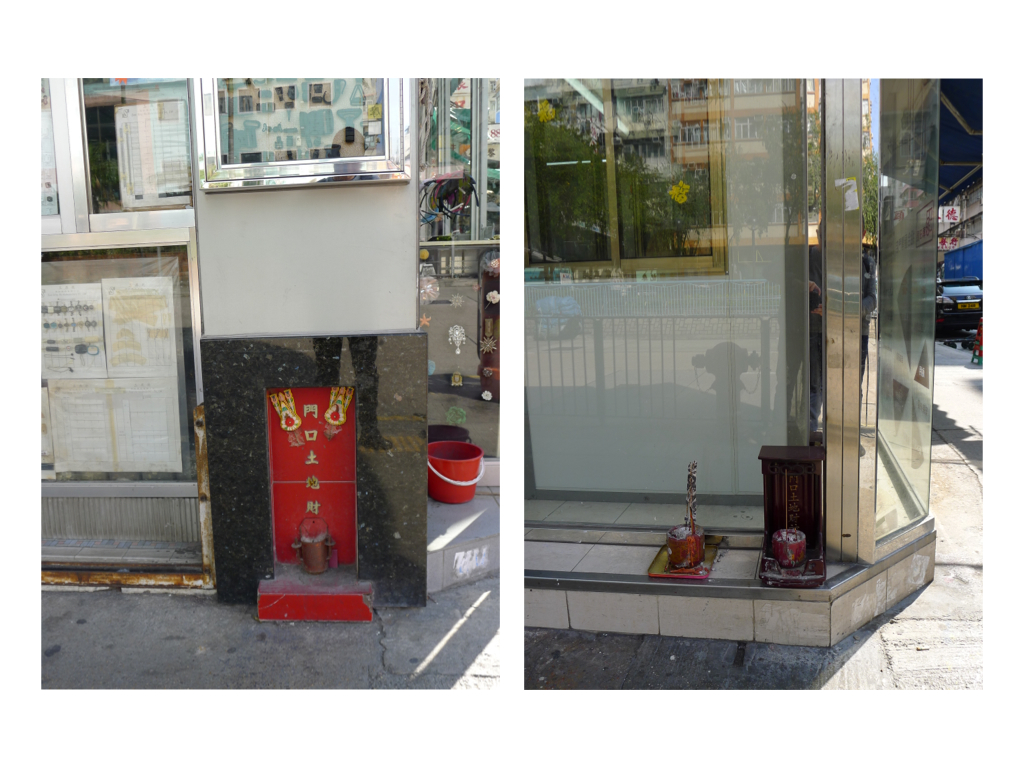
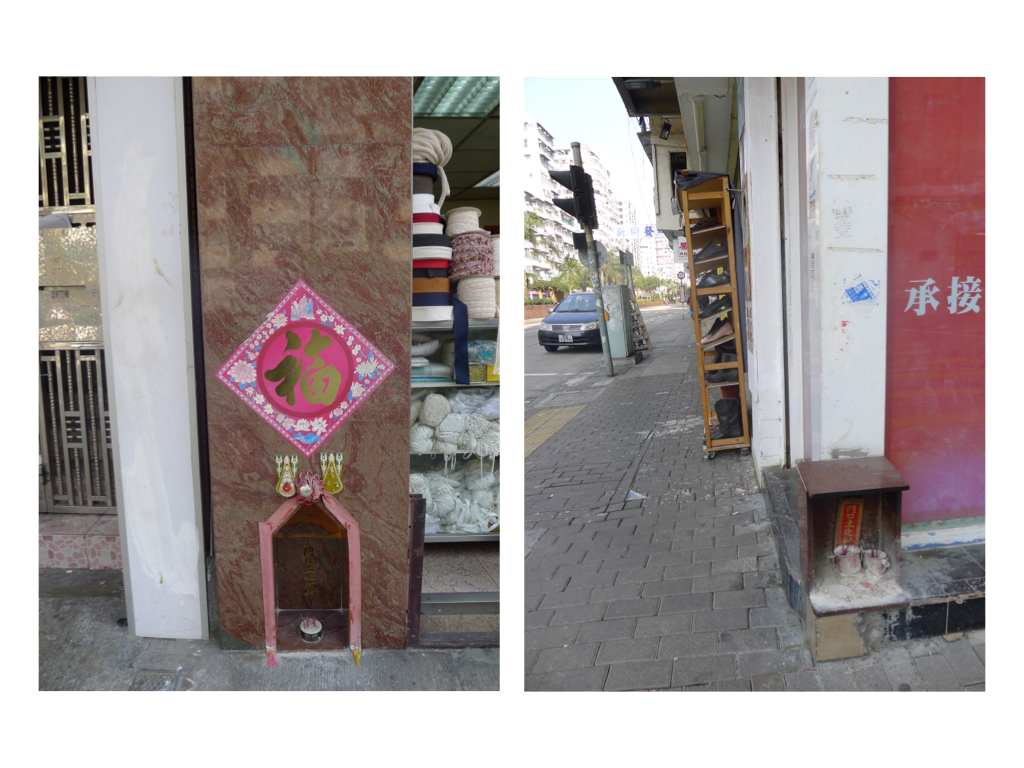
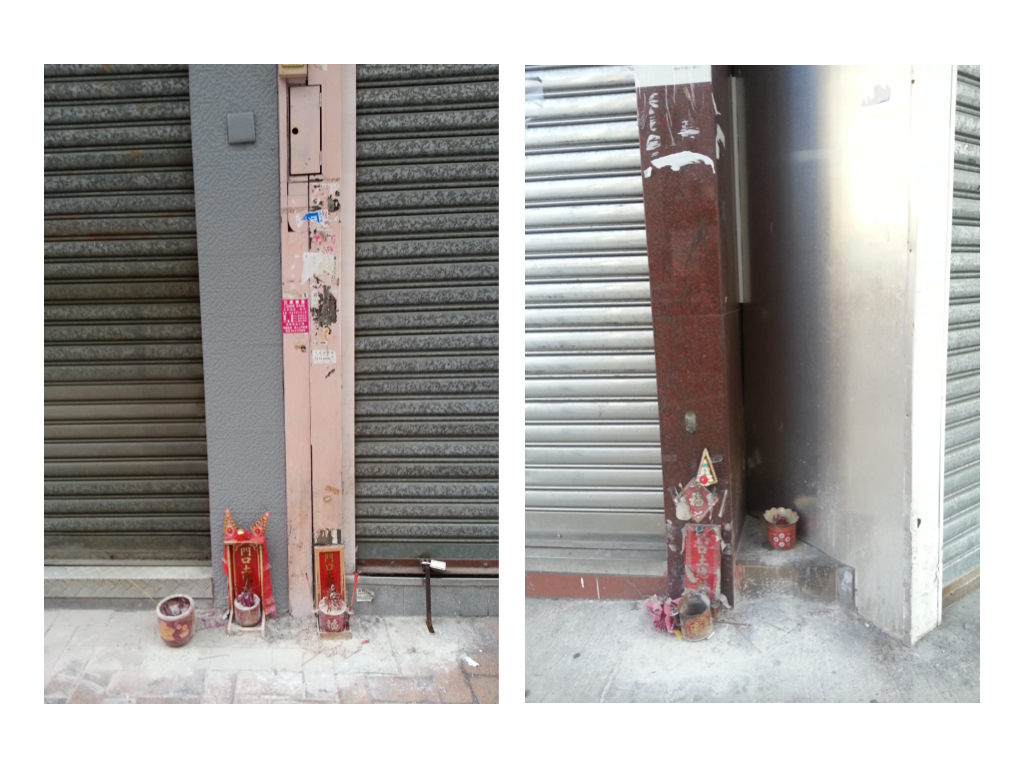
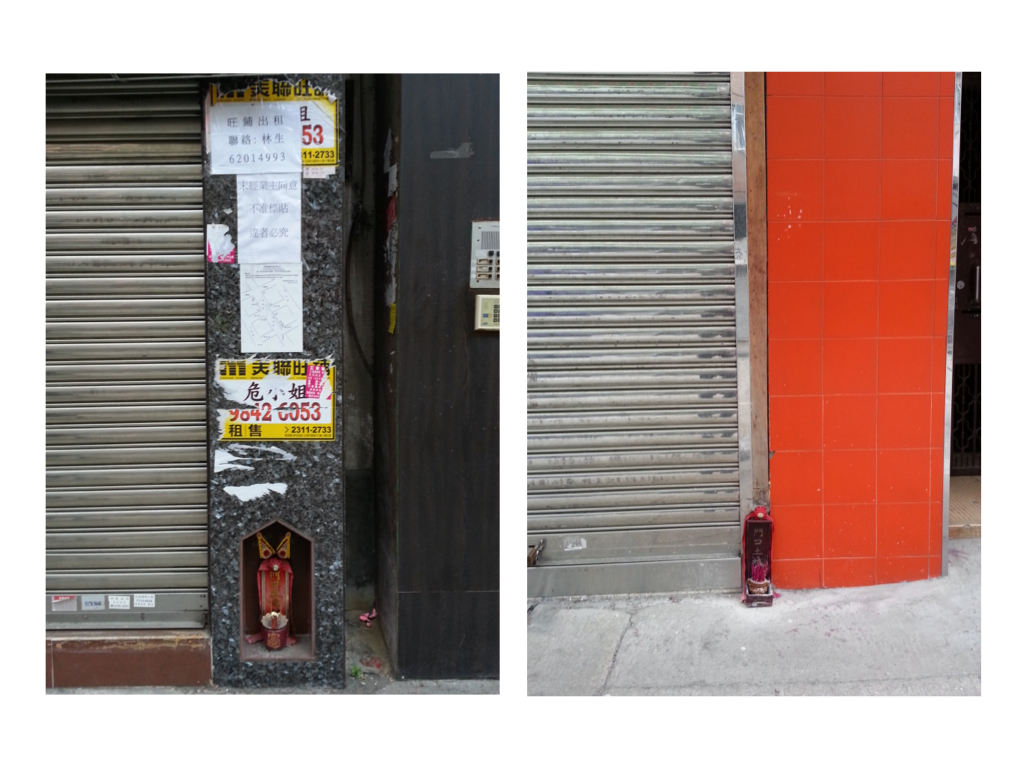
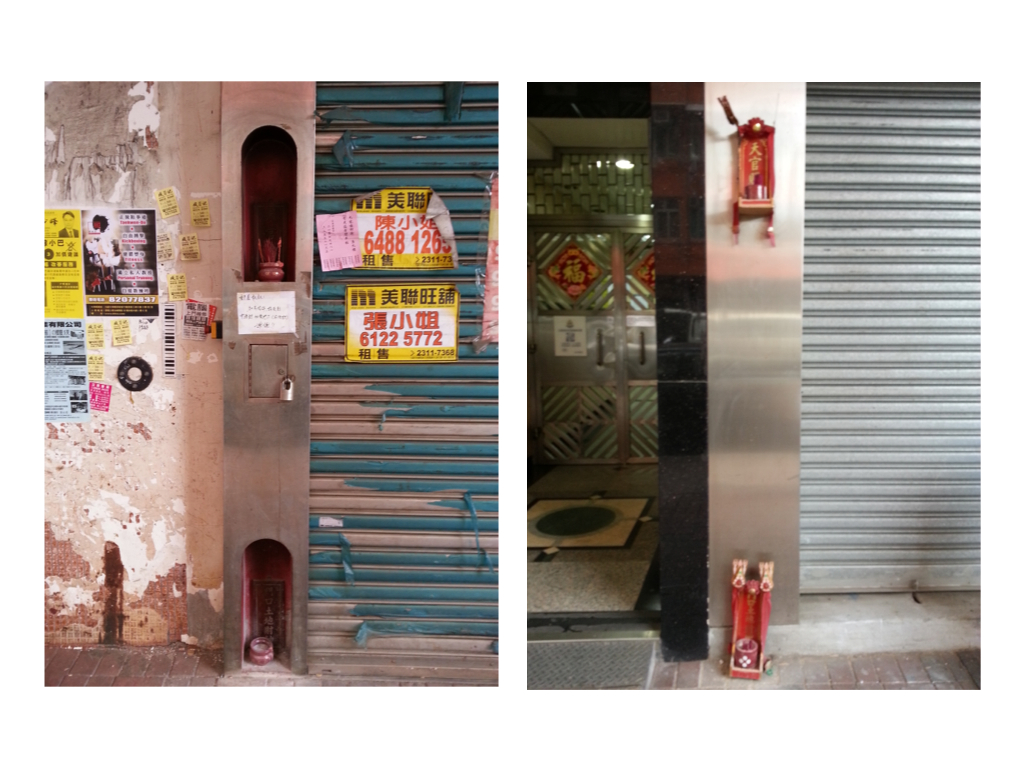
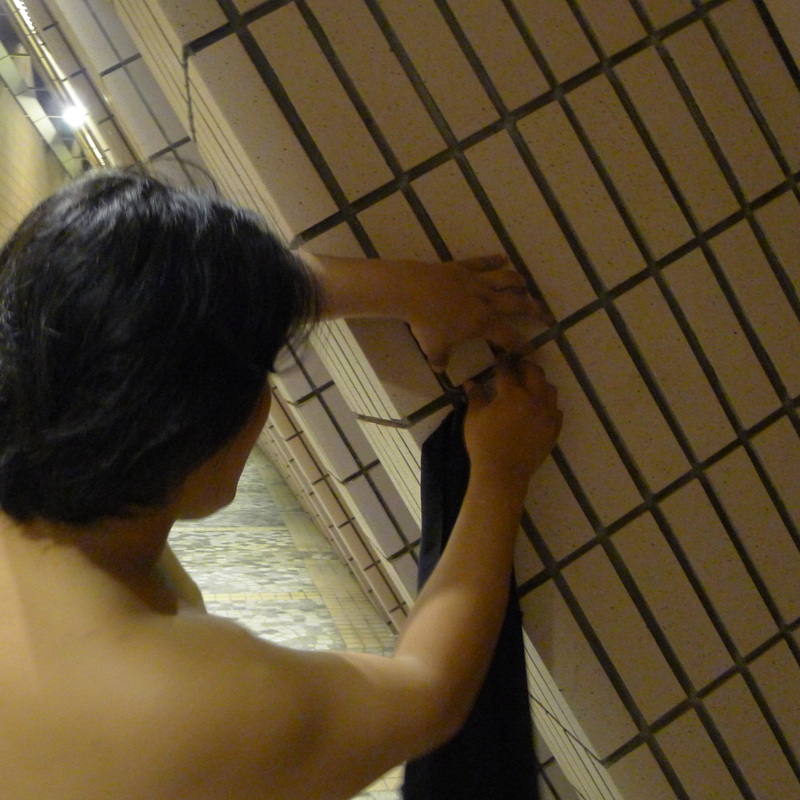
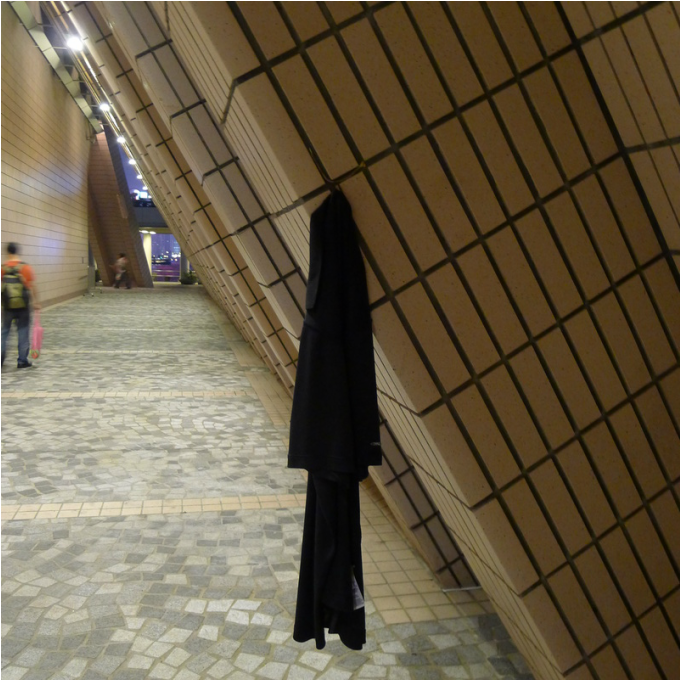
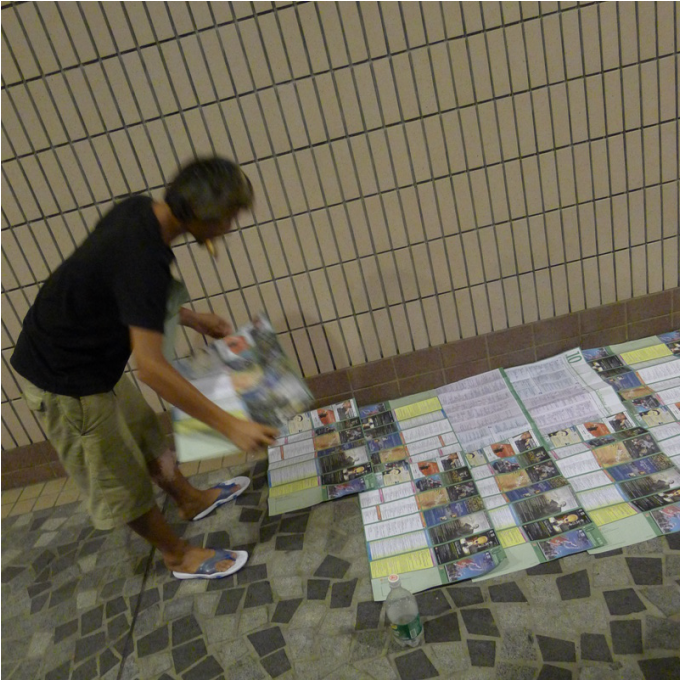
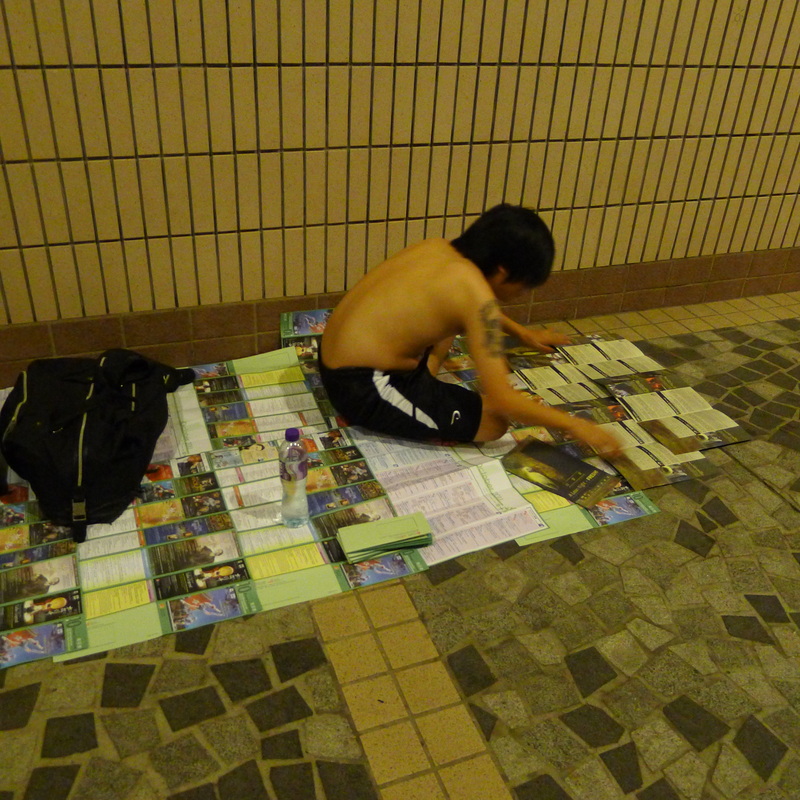
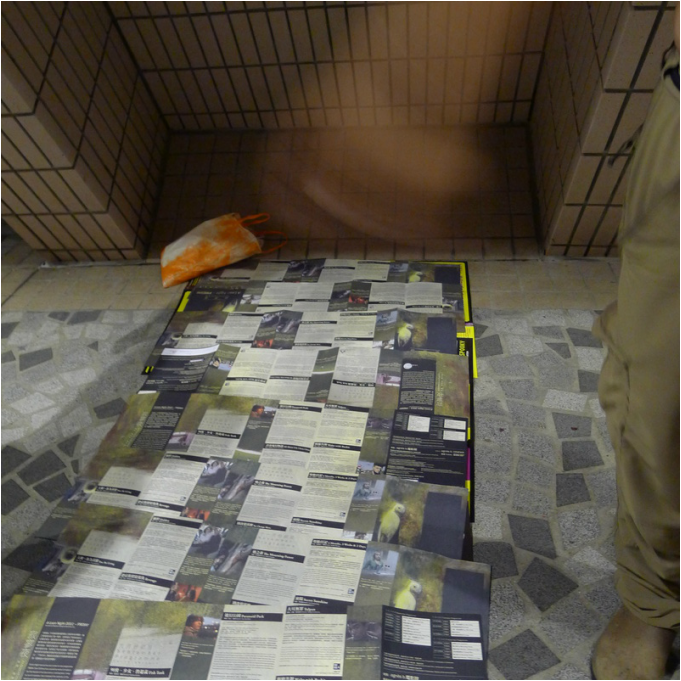
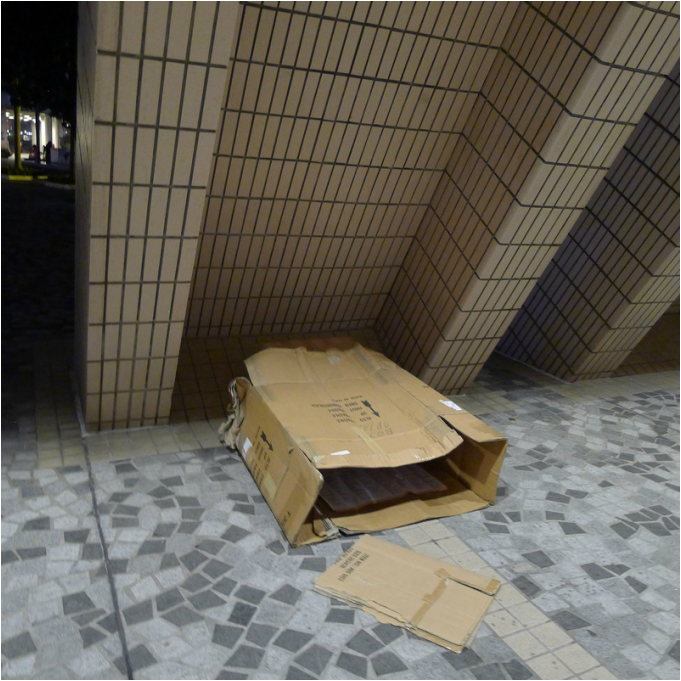
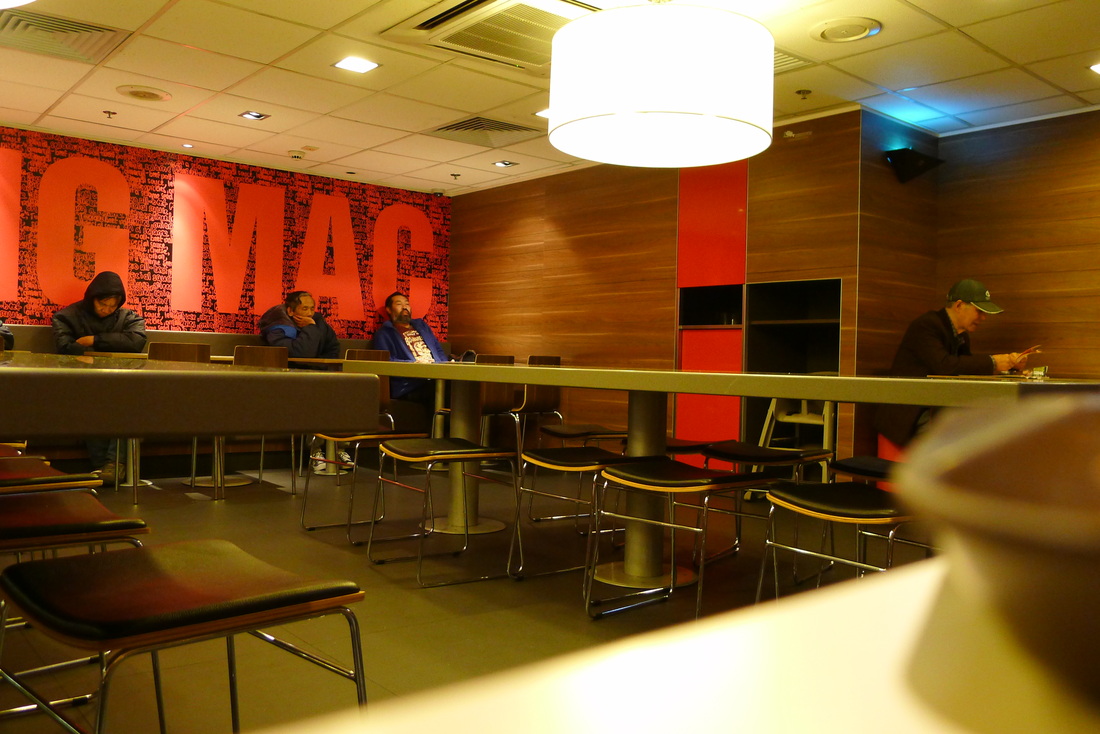
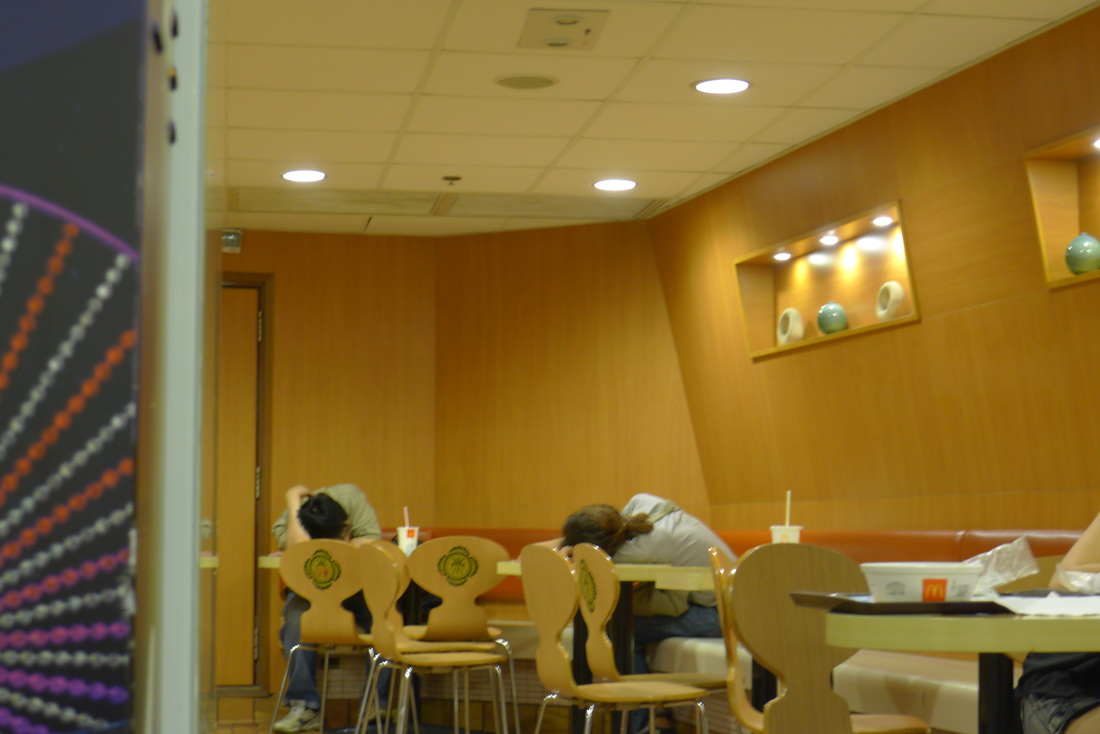

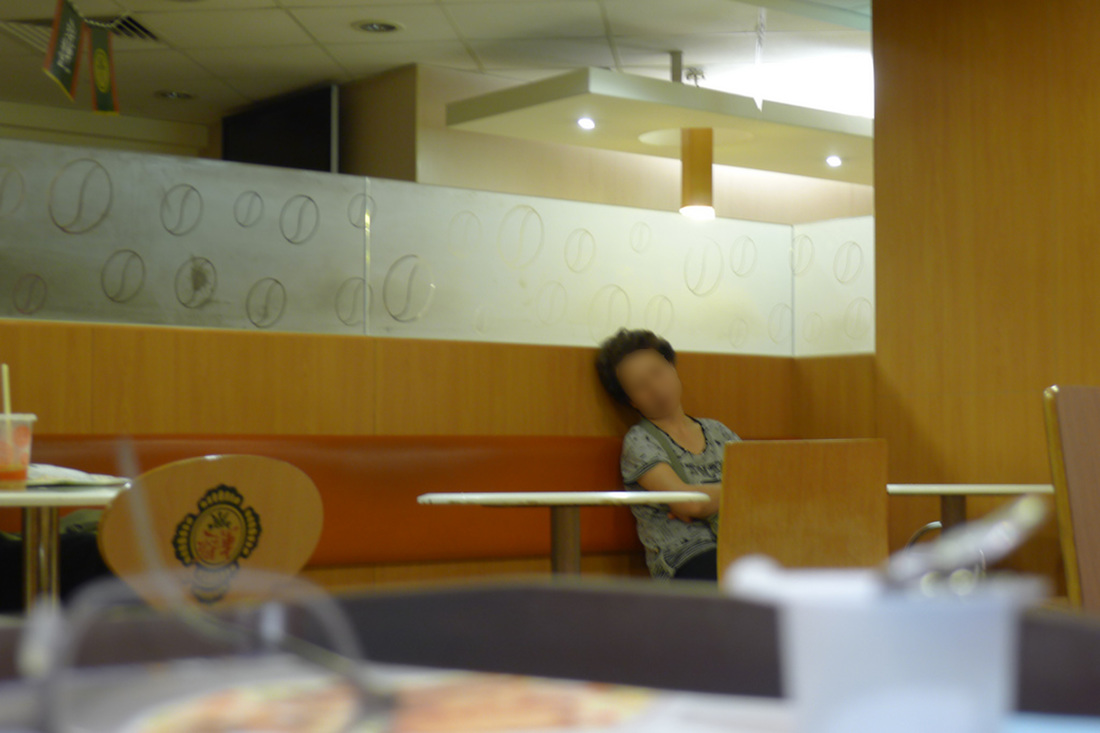
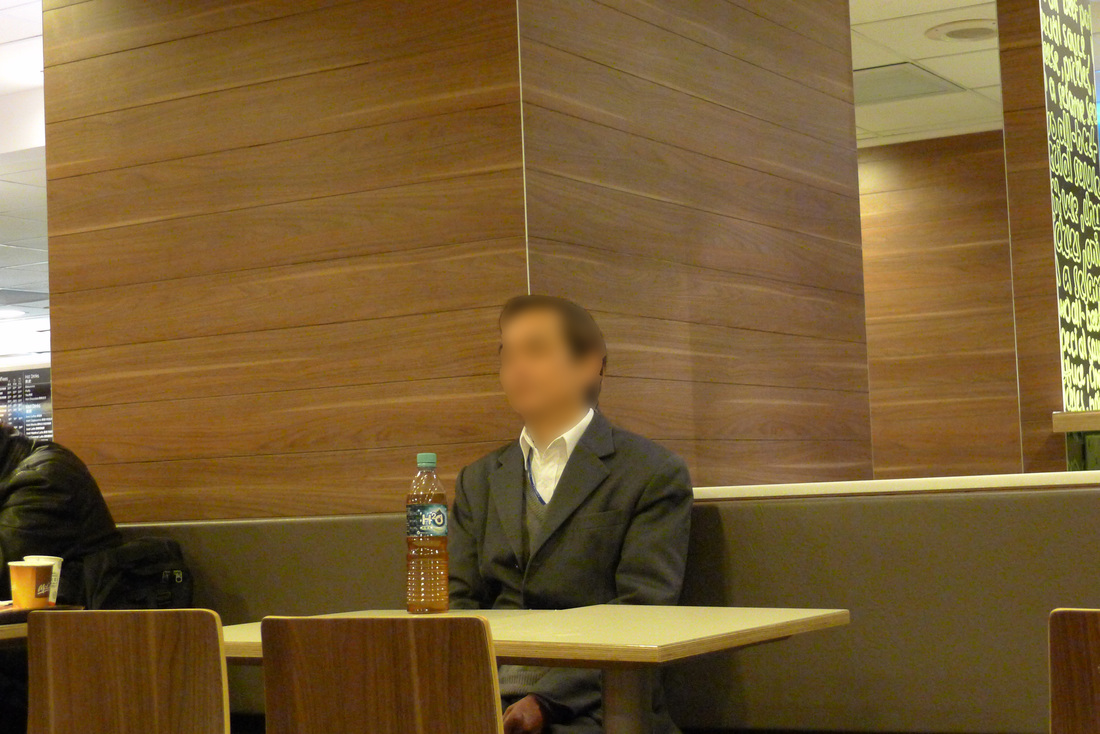


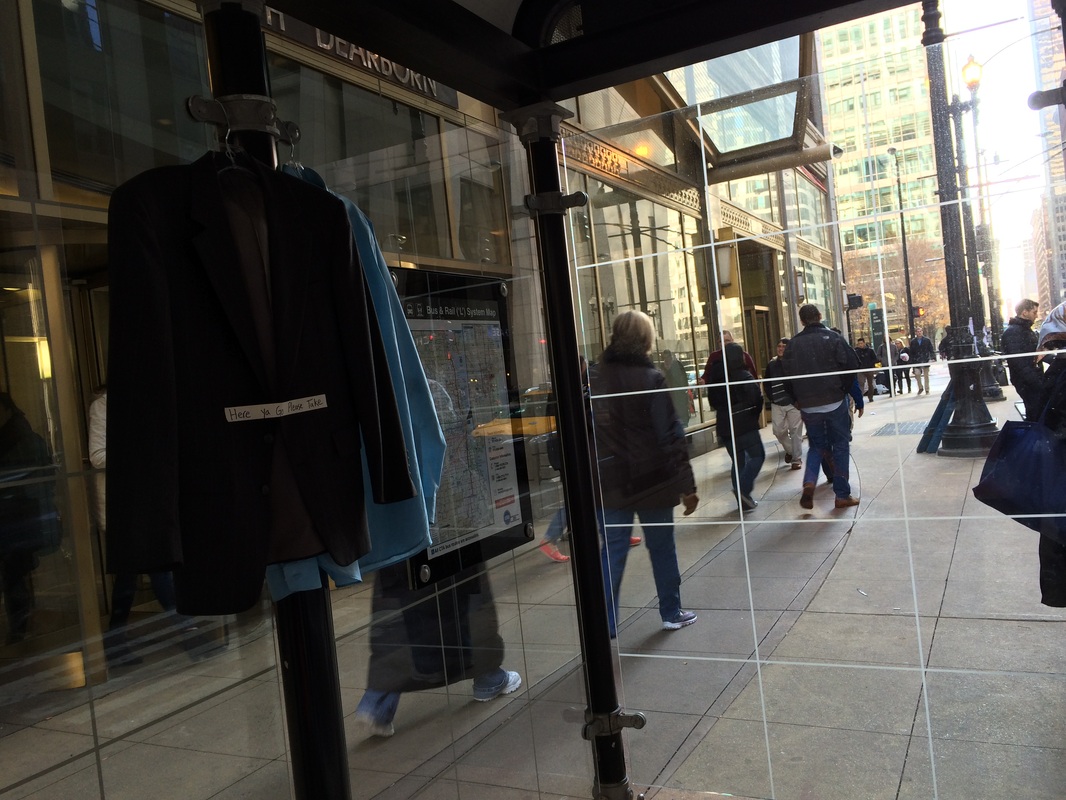
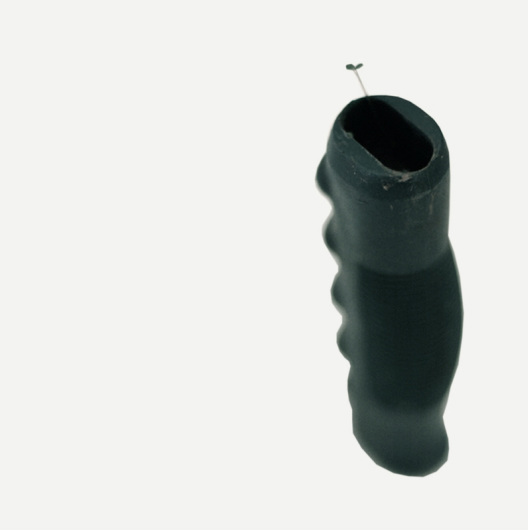

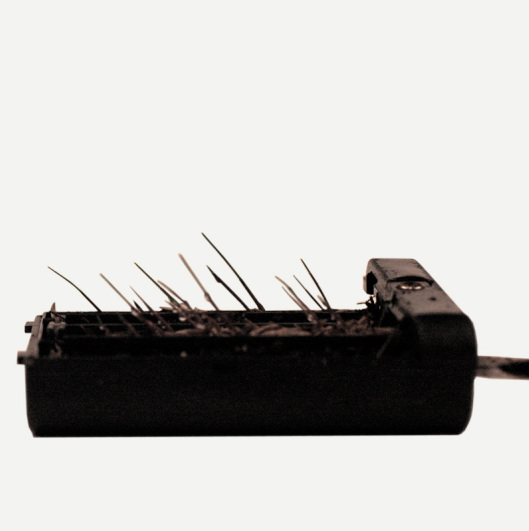
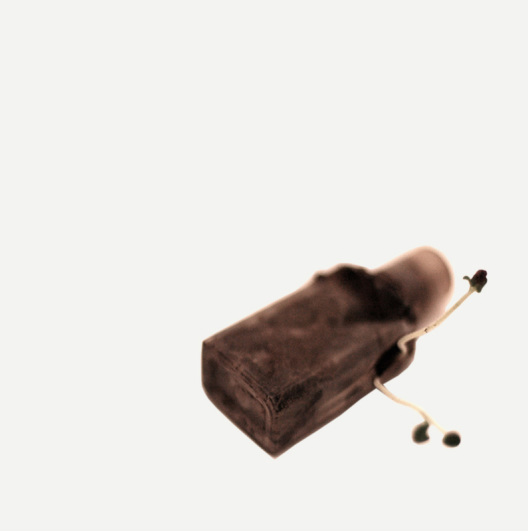
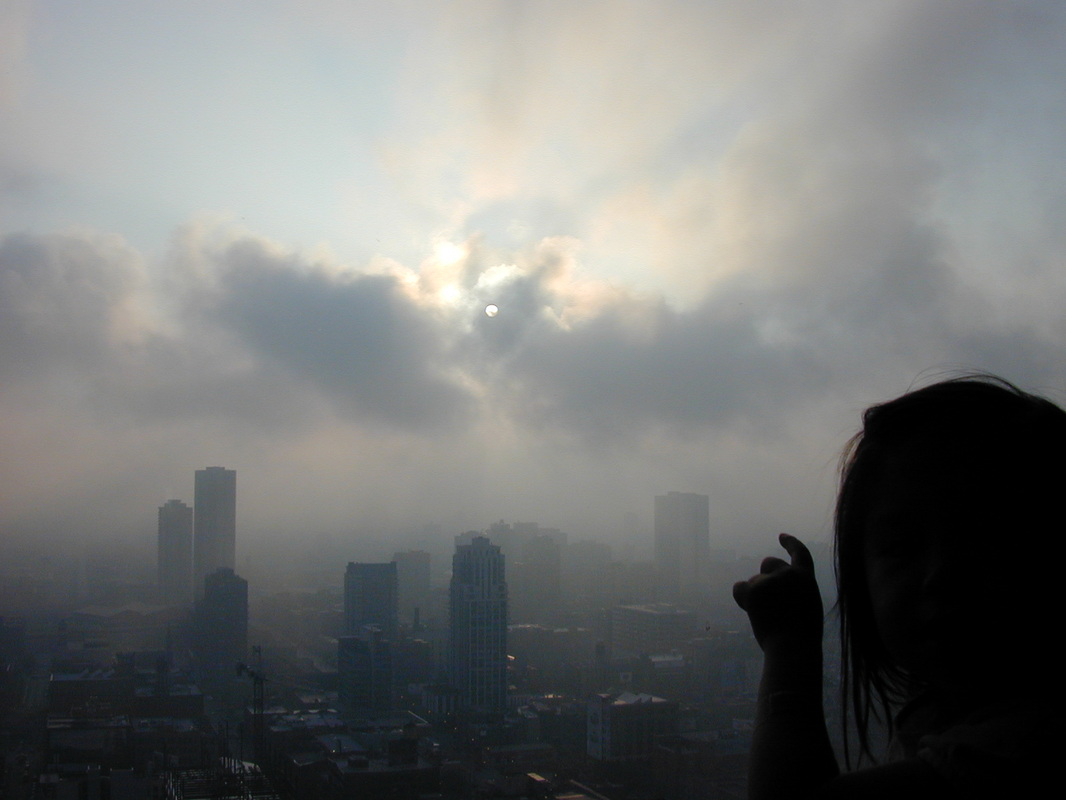
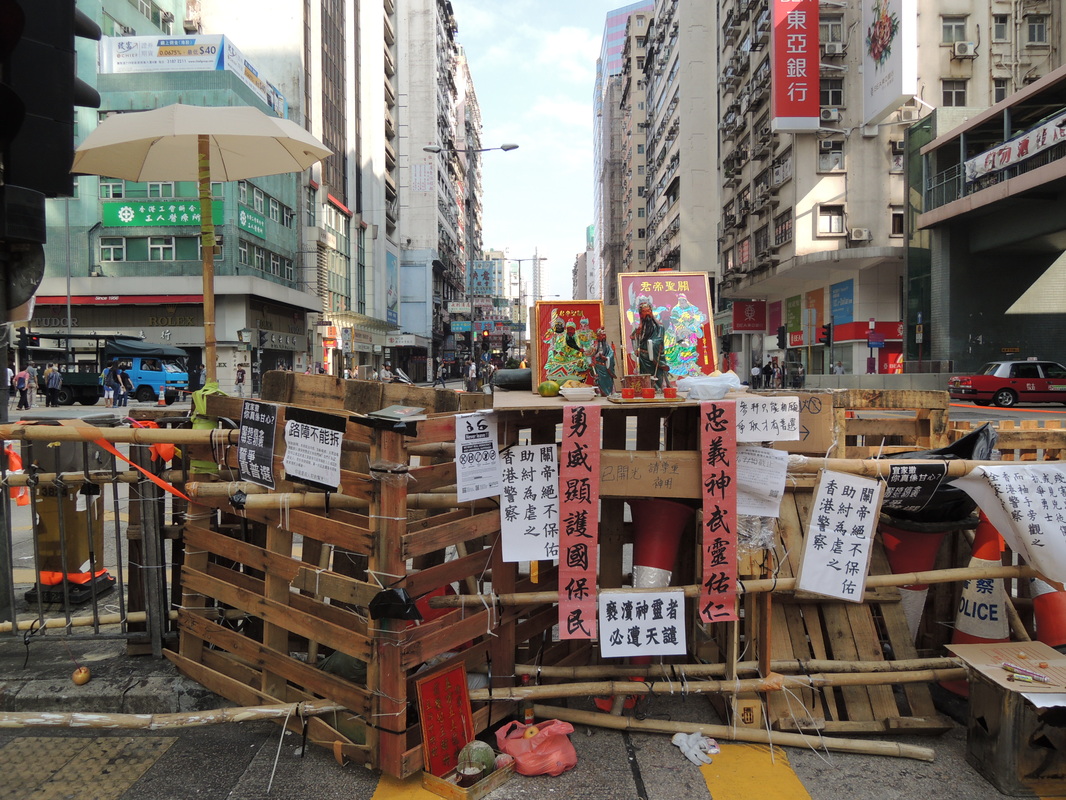
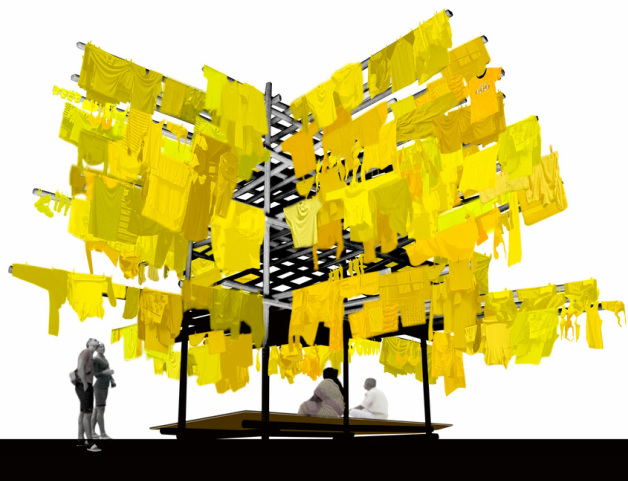

 RSS Feed
RSS Feed
